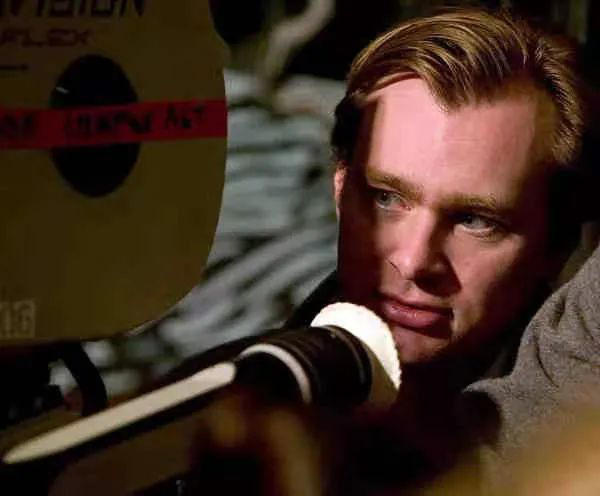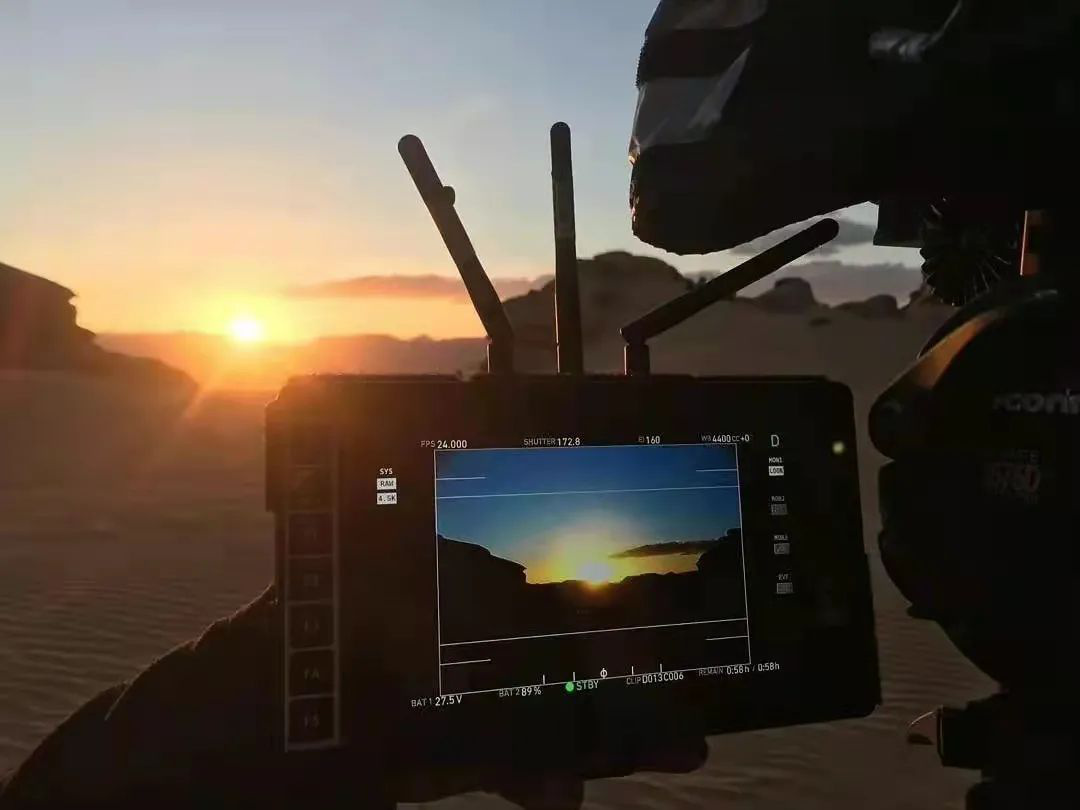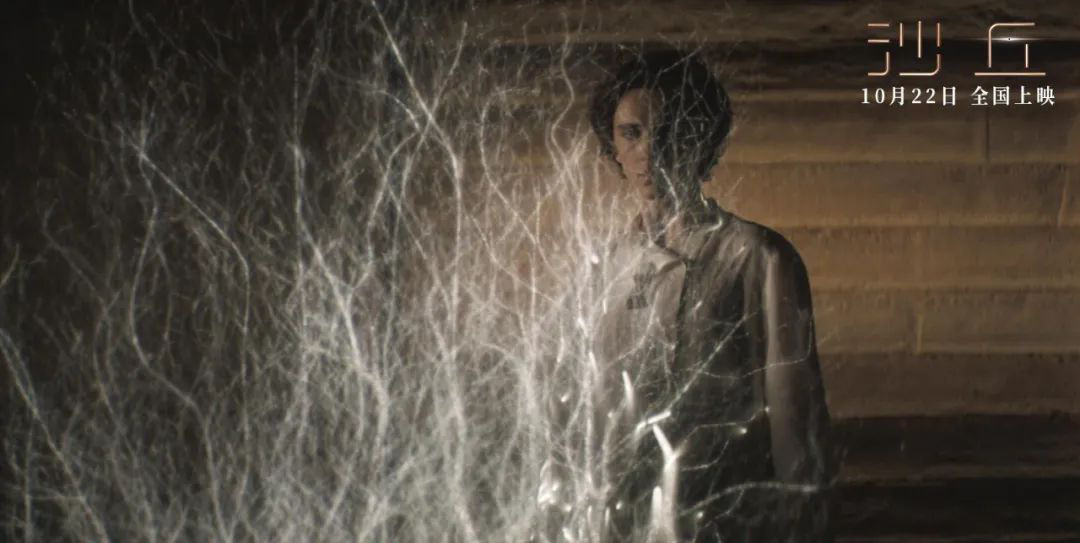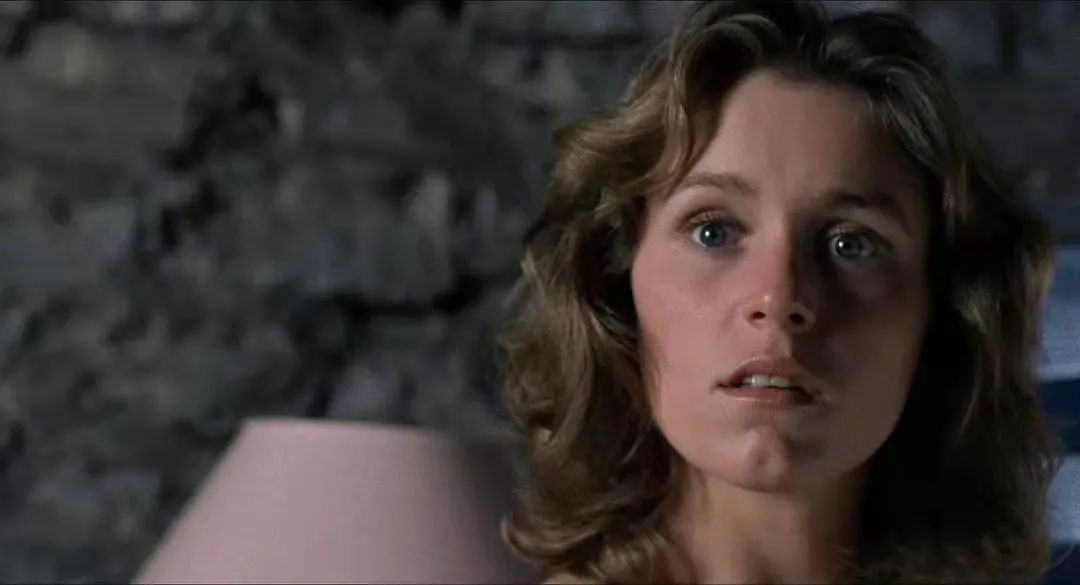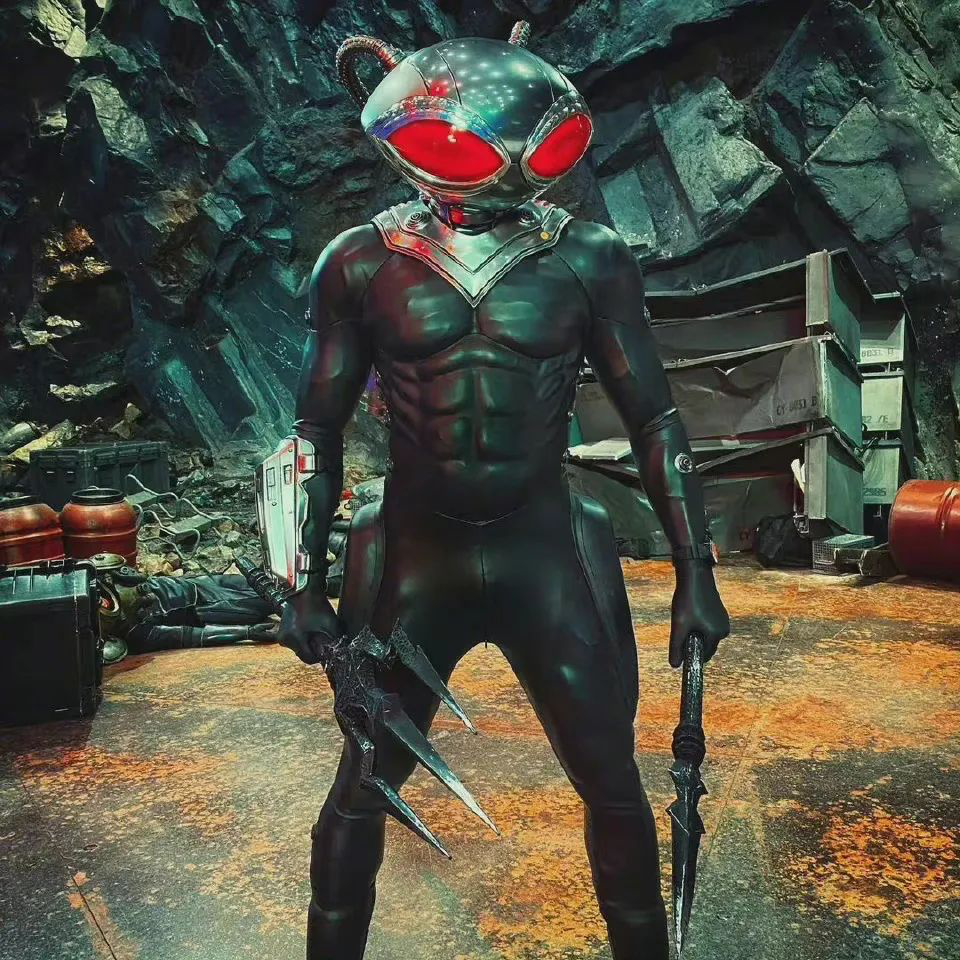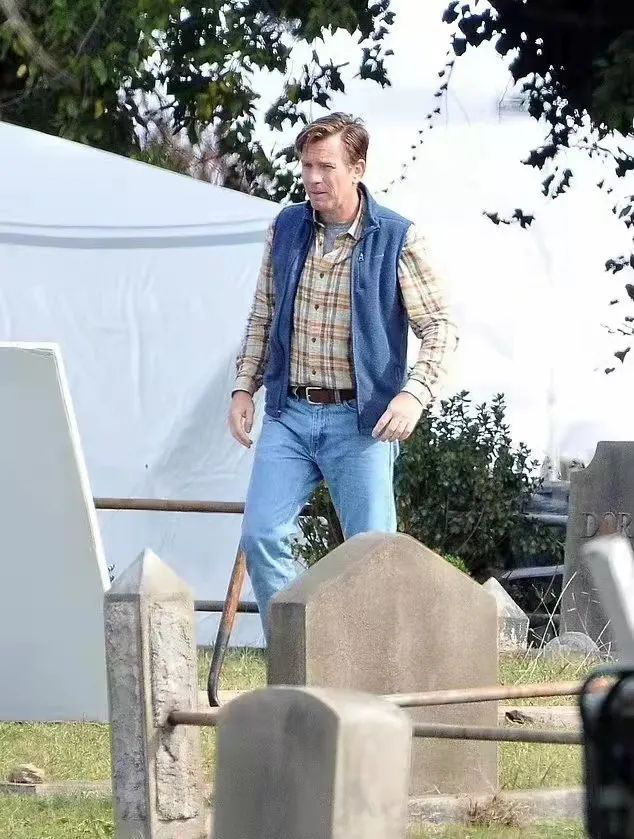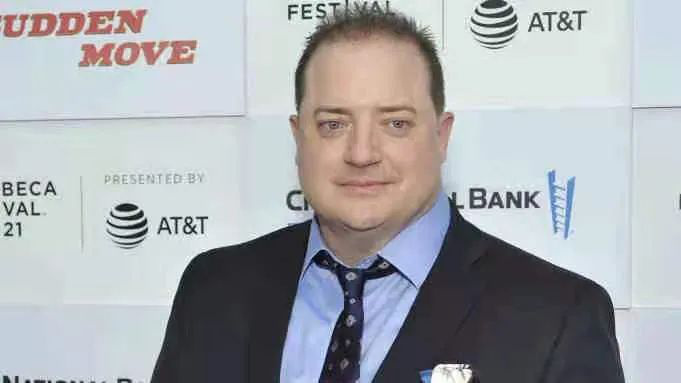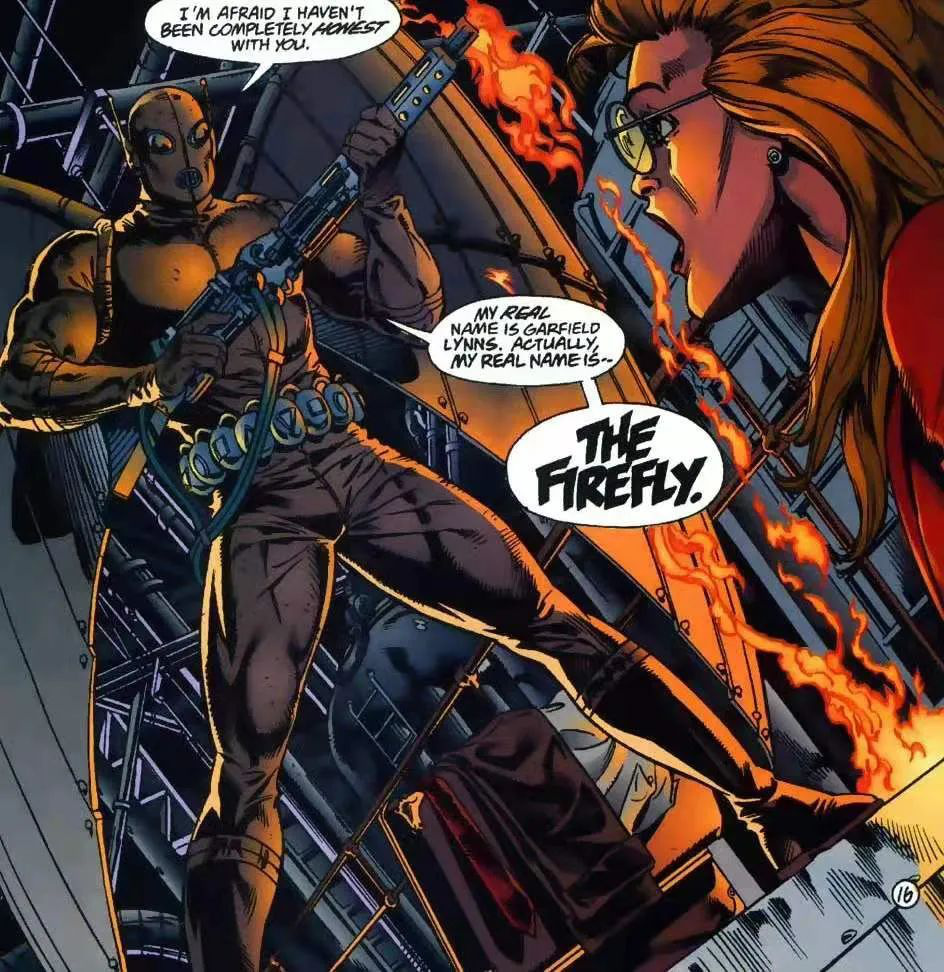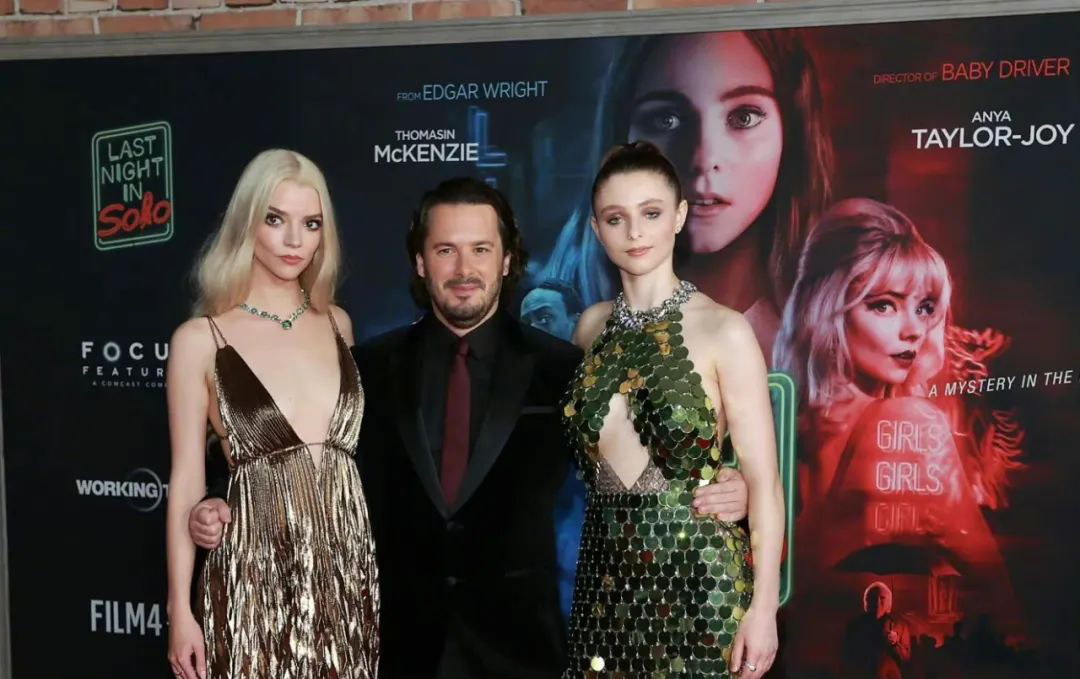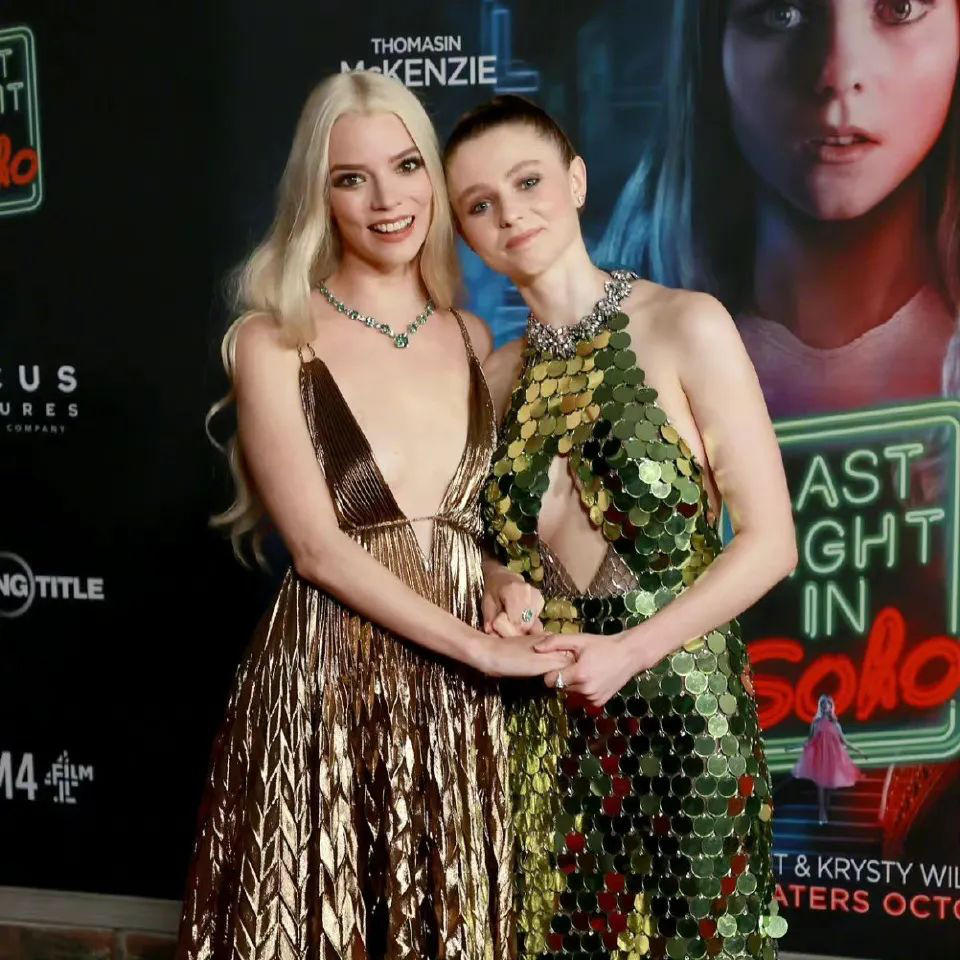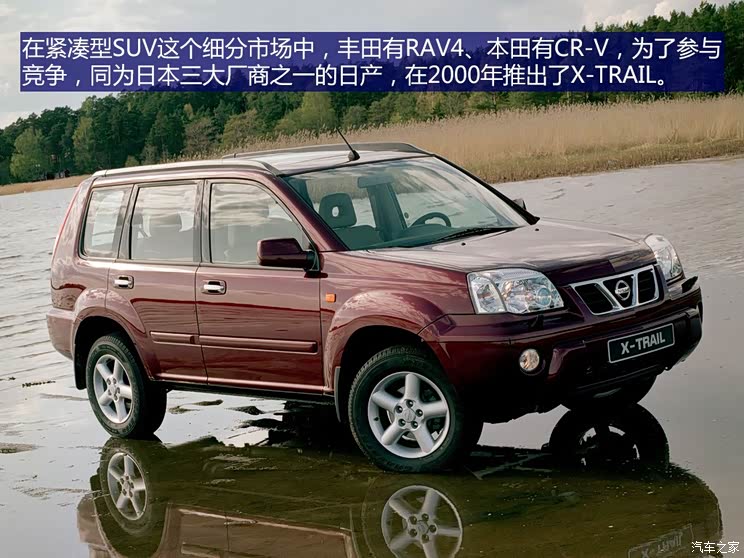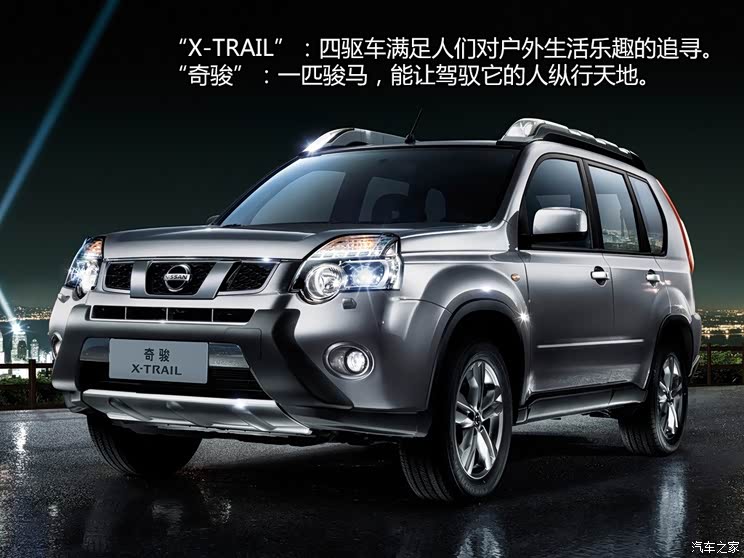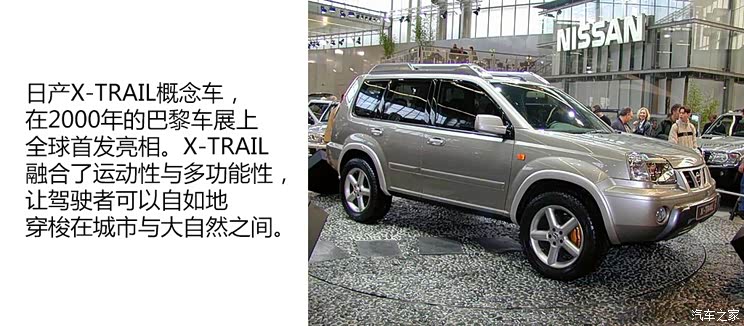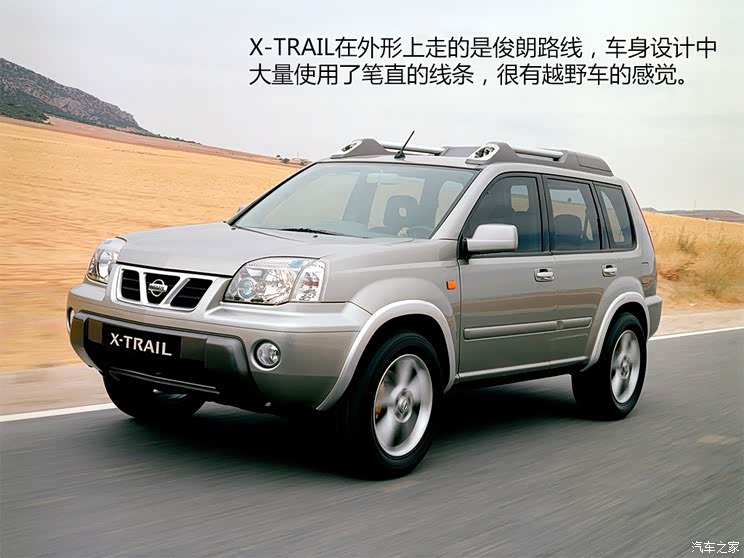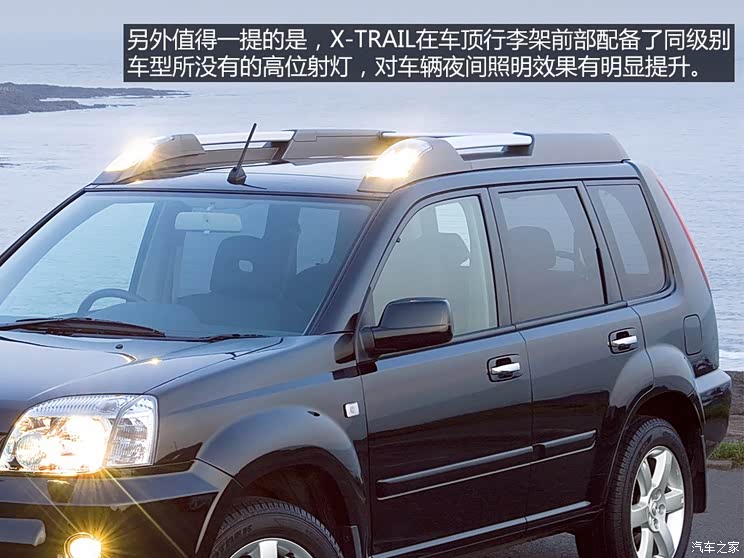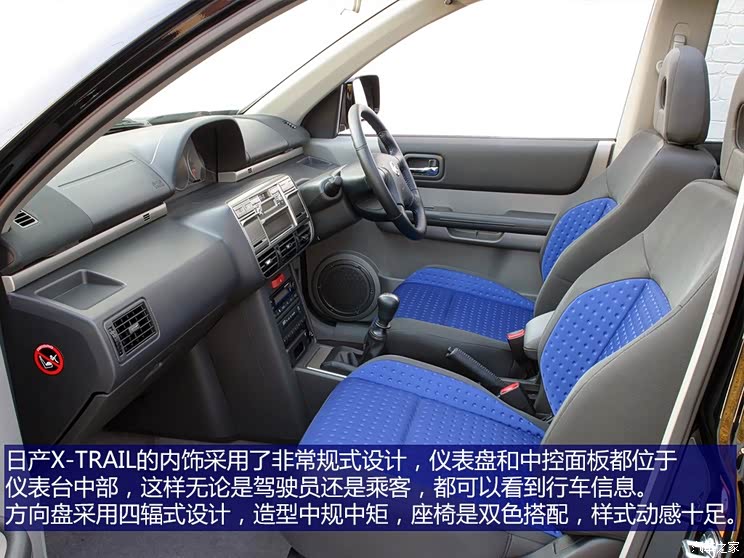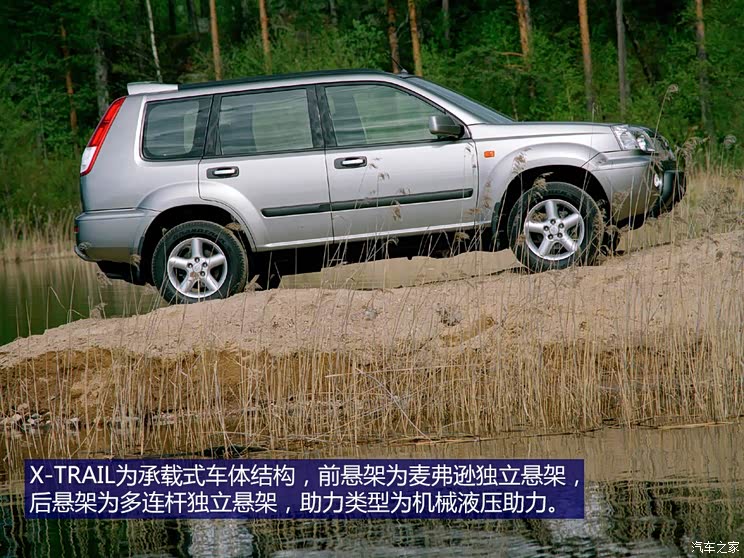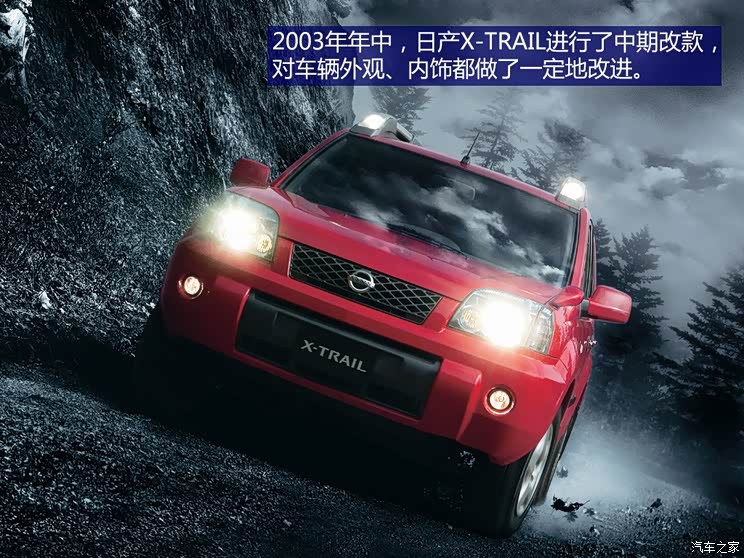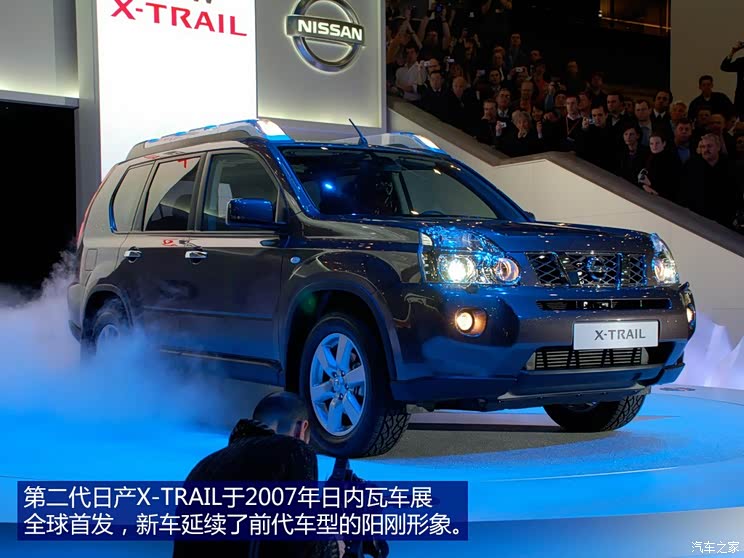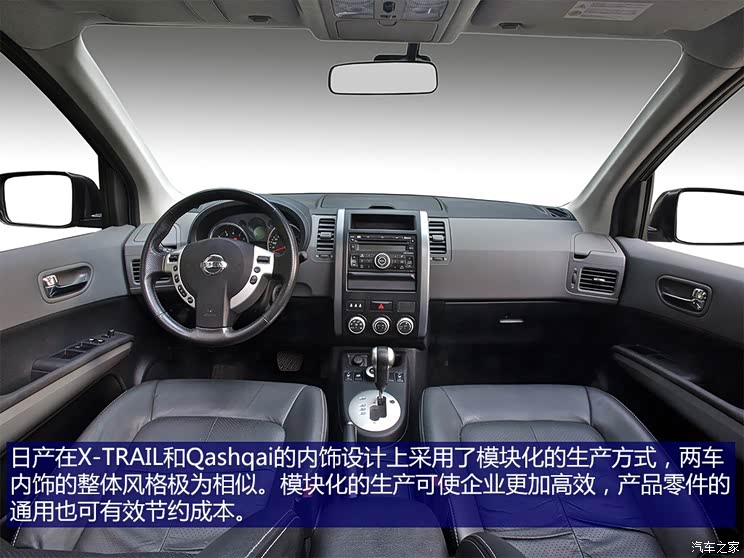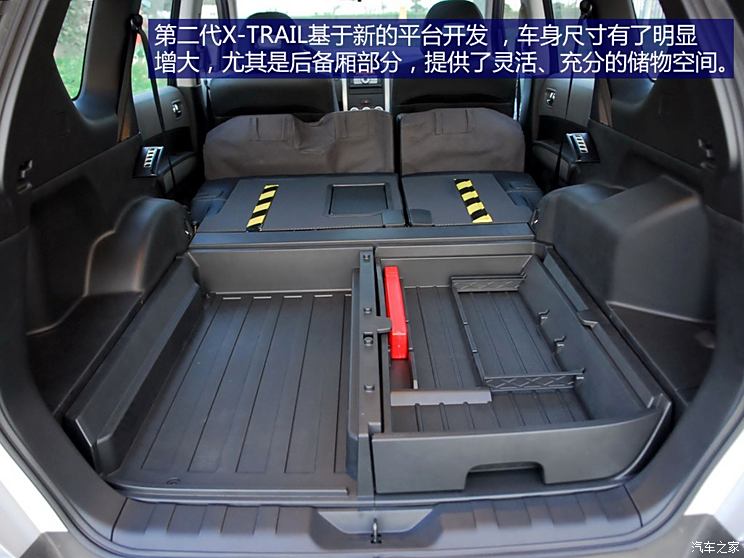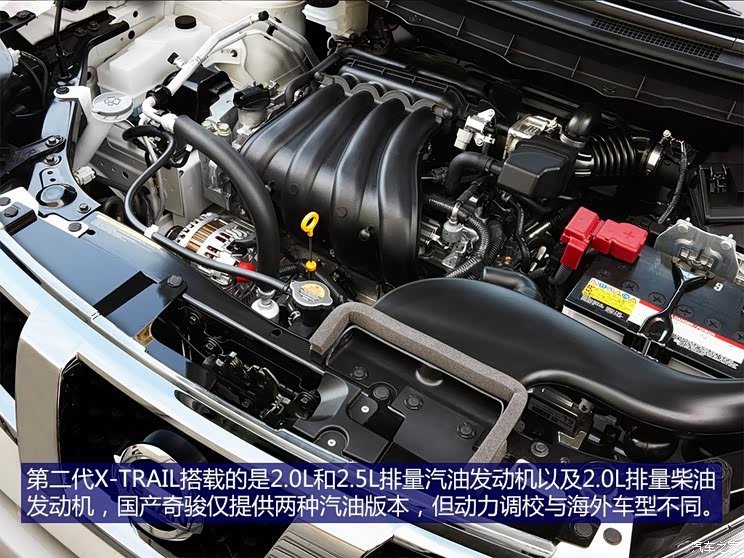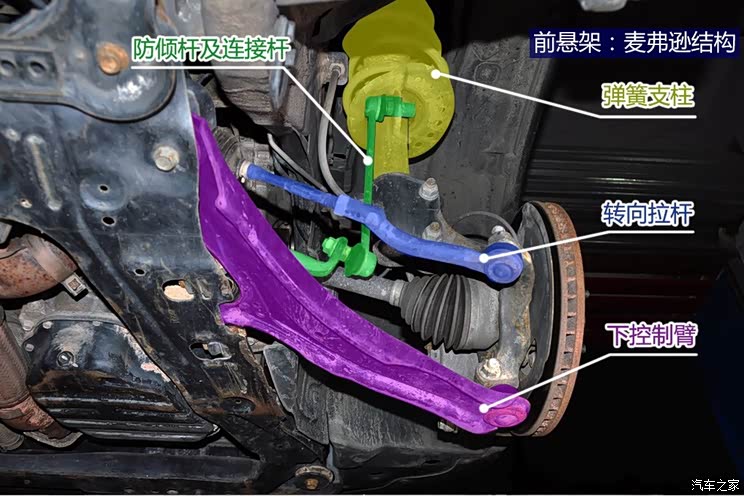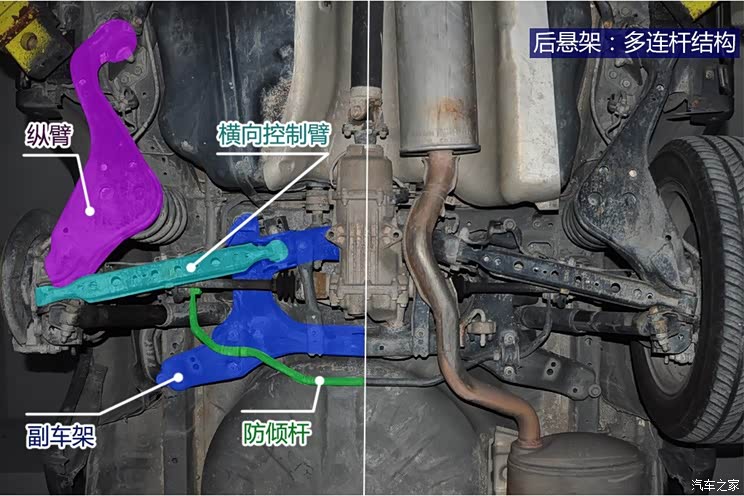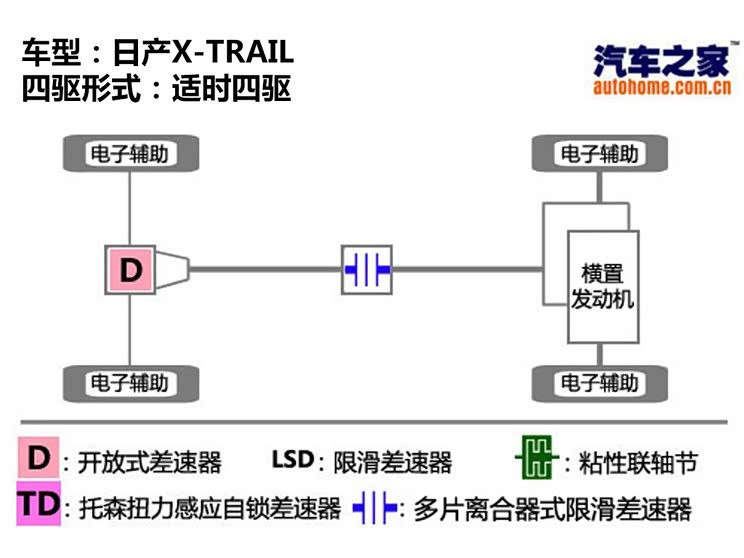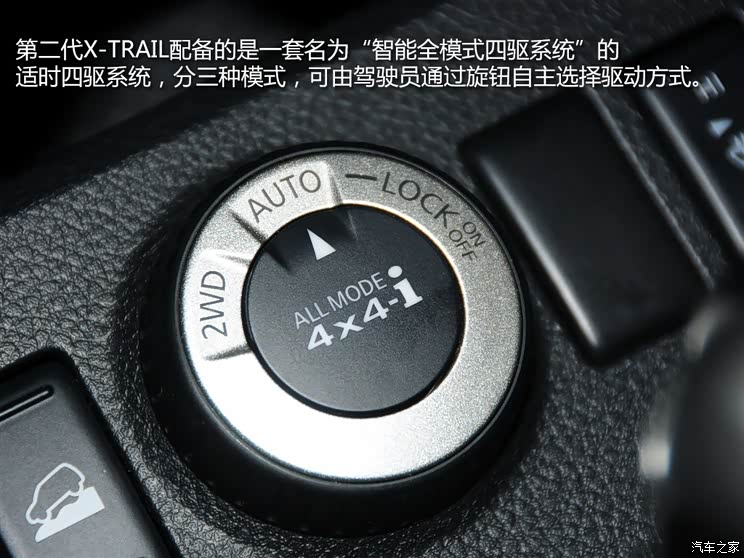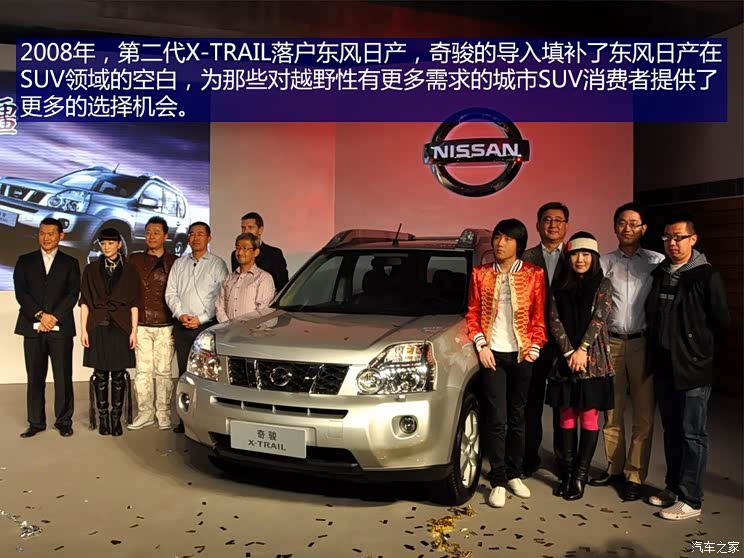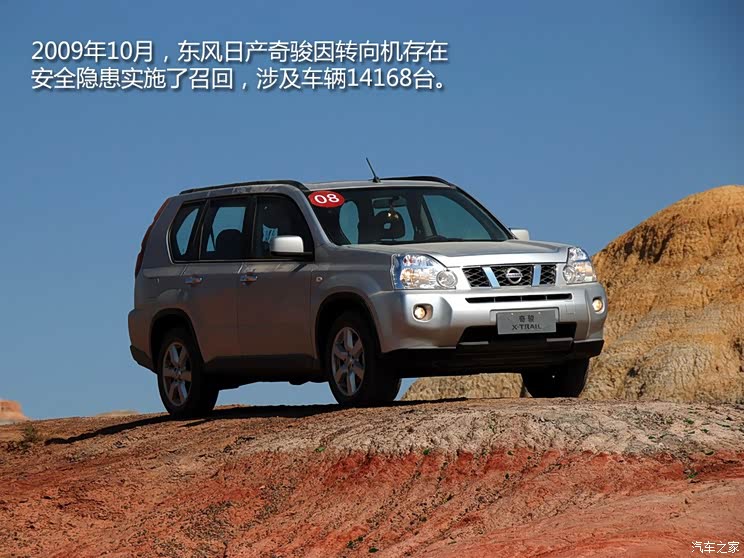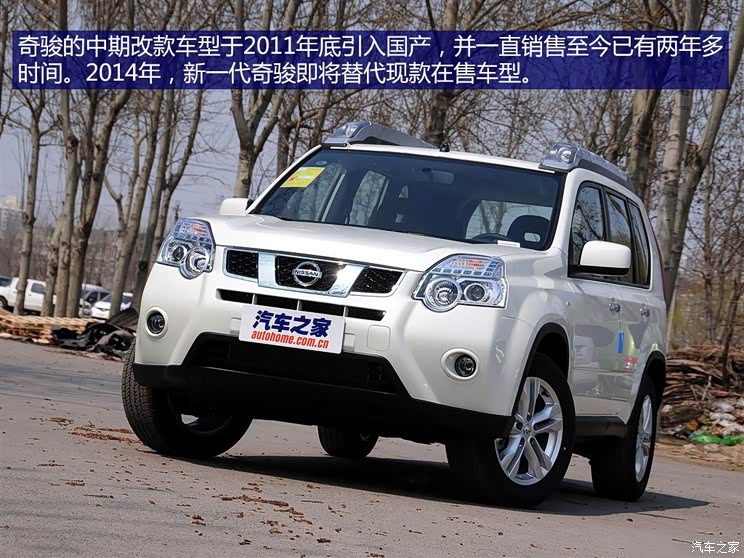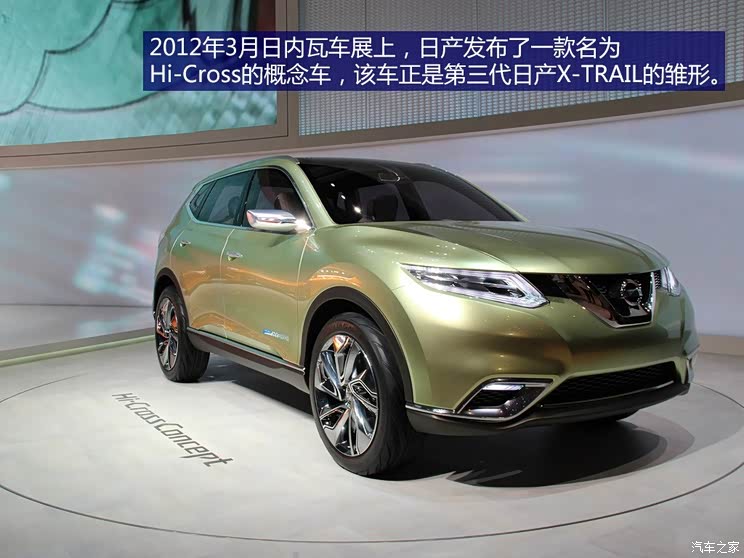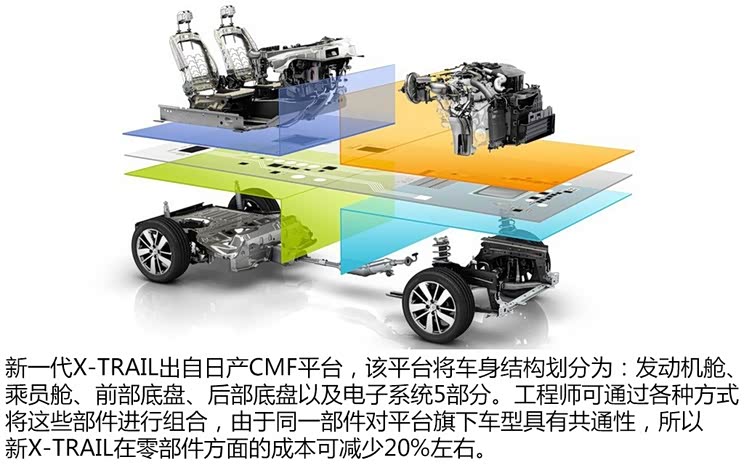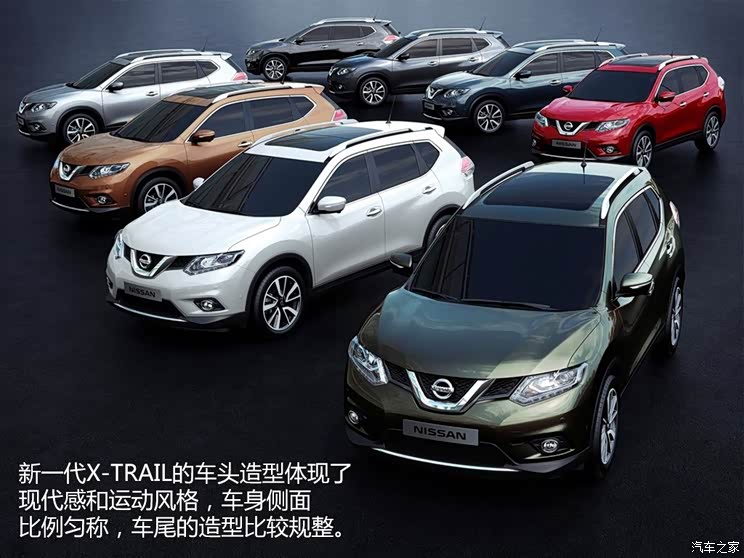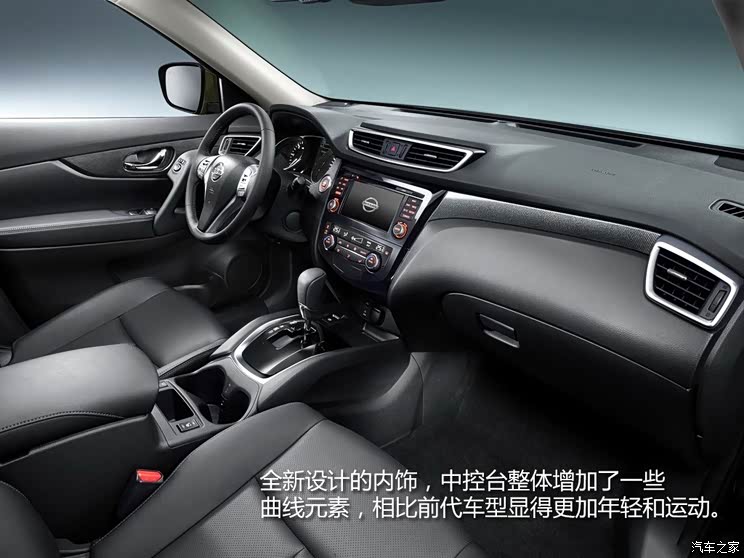The APP was launched in November 2015, aiming to screen out valuable information for users from massive information, impart knowledge by audio and e-books, and help users improve themselves through learning during the fragmentation time. After three years of operation, the number of users has exceeded 20 million. This paper will make an in-depth analysis of it from multiple dimensions such as market, users, functions and operations.
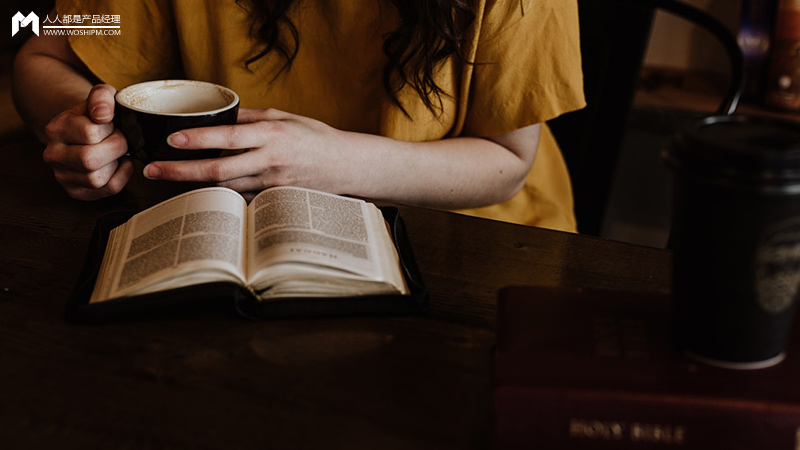
This article will analyze from the following aspects:
- Market analysis user analysis
- Functional analysis
- Operational analysis
- Report summary
How do we face a huge amount of information every day nowadays?
—— I woke up in the morning and turned over WeChat. My friends had left hundreds of WeChat messages and friends circle information last night. More than half of the people who walk and take the bus on the way to work plug their headphones and face the screen of their mobile phones; When I sit at my desk and turn on my computer, pop-ups pushed by all kinds of software come uninvited, and I can’t help but open them when my self-control is slightly relaxed. The browser has dozens of web pages-QQ, e-mail, WeChat, telephone, fax …
In this era of information explosion, people seem to feel empty and helpless because of information surplus. How to obtain high-quality information from massive information, enrich and enrich themselves and make themselves more competitive has become the desire of every modern person.
At this time, getting APP, a product that focuses on knowledge payment, came into being. Can it become a good prescription in the era of information anxiety? Wait for the author to come together.
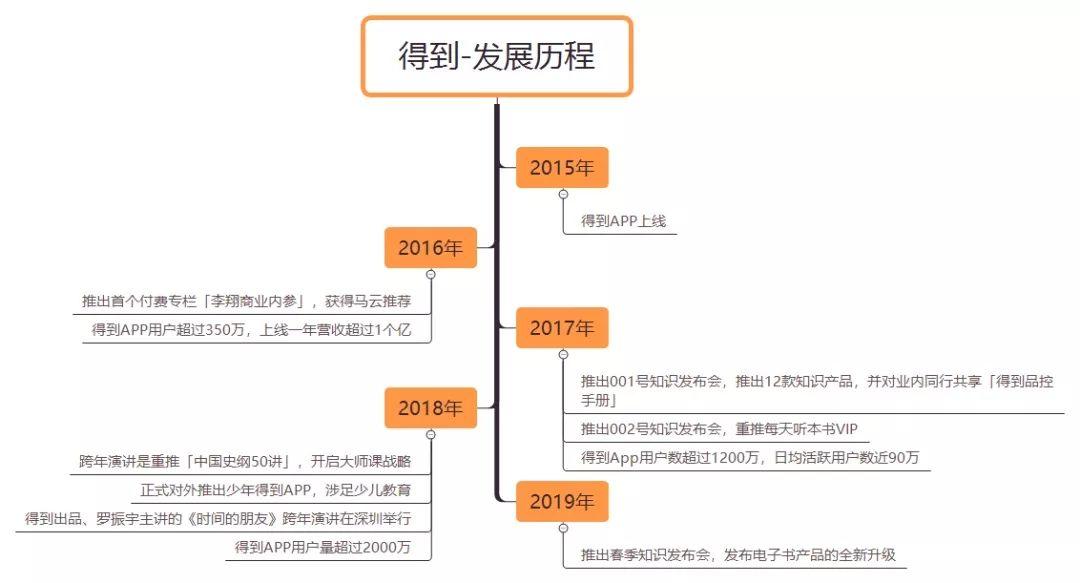
Get the development history of APP
In June 2016, the first paid column "Xiang Li Commercial Internal Reference" was launched, which was recommended by Ma Yun. In December of the same year, the number of users exceeded 3.5 million, and the annual revenue was over 100 million. In May 2017, No.001 knowledge conference was launched, and 12 knowledge products were launched, and the "Getting Quality Control Manual" was shared with peers in the industry; In September of the same year, No.002 knowledge conference was launched, and VIP listening to this book every day was pushed back in the same year; In November of the same year, the number of users exceeded 12 million, and the daily average number of active users was nearly 900,000.
In April 2018, it was officially launched to the outside world to get involved in children’s education; In May of the same year, Weibo, an individual from Luo Zhenyu, announced that the number of APP users had exceeded 20 million.
In April, 2019, the spring knowledge conference was launched. At the conference, Luo Zhenyu introduced the new upgrade of e-book products for the future, and jointly launched 9 sets of heavy e-books with 8 well-known domestic publishing houses.
After getting the APP, it launched a paid listening book product in November 2015, which was widely concerned. In May 2016, it launched the first paid column "Xiang Li Commercial Internal Reference", and in April 2018, it launched teenagers to get involved in children’s education. In July of the same year, it launched six colleges, aiming at "building a world-leading new general university". It can be seen that the positioning of the APP is"Online knowledge payment market".
The age of users who get the APP is mainly concentrated in24-40 years old, college degree or above,The characteristics of this age stage are mainly that the career pressure is great, the desire for learning knowledge and self-growth is urgent, the usual work is busy, and they can only learn through fragmented time, so they are typical users of products.
The population aged 24-40 is about 650 million, while the population with college education or above accounts for about 10%, so it can be seen that the ceiling of the number of users who get APP is about.65 million.
In the online knowledge payment market, the book club products are led by Fan Deng Reading Club and New World Reading Club. This paper mainly makes a comparative analysis of the active data, ring data and download data of these three products.
1.3.1 Active data

Data source-Analysys data
As shown in the above figure, from the total number of active people, the total number of startup times and the total duration of use, the accumulated user volume is far ahead of the competing products.
From the next month’s retention rate, Fan Deng’s 32.7% is greater than the 27.5%, which may be due to:
- Fan Deng has more activities to retain users, such as signing in, sharing friends to send VIPs, and a large number of free time-limited listening resources. However, the lack of these operating modes in the APP, or the low incentives, can not immediately retain new users.
- The content obtained is serious, which makes some users with low educational level flinch, while Fan Deng’s content is "grounded" and relatively more practical, and users with low educational level can quickly learn practical knowledge from it.
From the per capita daily startup times, per capita daily usage duration and per capita monthly usage days, the users are all used more frequently and for a longer time. It may be because the content of the APP is better and deeper, which requires users to spend more time studying, and supports e-book reading and course subscription, which makes the frequency and overall duration of users higher than the other two products.
1.3.2 Ring comparison data

Data source-Analysys data
From the ring data, it is found that most of the data have a slight increase, and only the duration has a slight decrease, which is generally stable. Except for a slight decrease in the per capita usage time in Fan Deng, other ring-on-ring data have been greatly improved, and the overall growth period is in progress.
The number of active people in the new world has dropped significantly, only the use time has increased greatly, and the overall situation is in a recession.
1.3.3 Download data
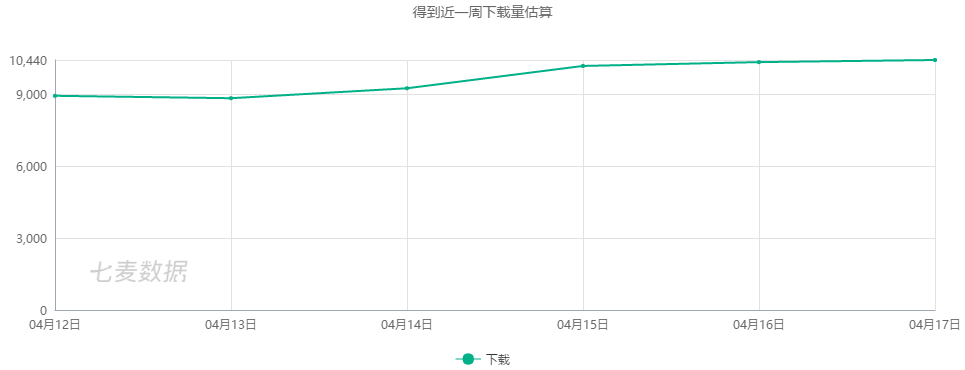
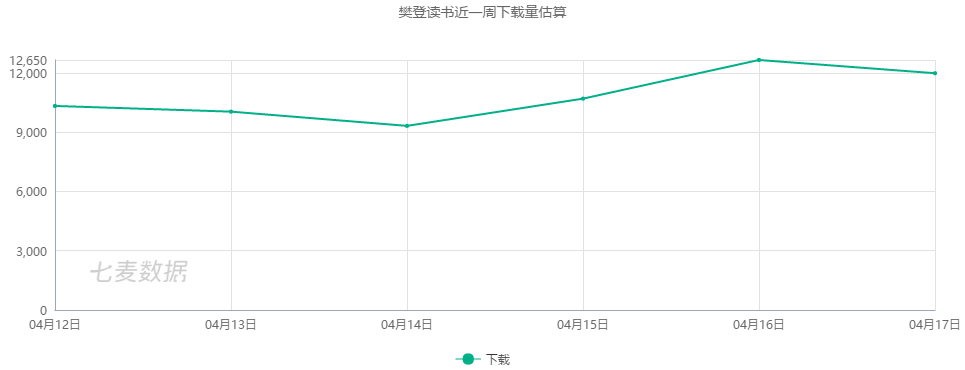
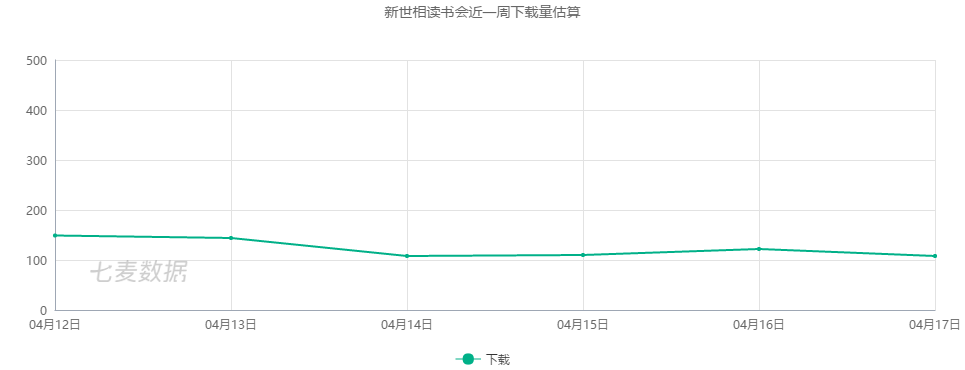
Source of data–Analysys data
From the user download volume, the daily download volume of the APP is maintained at around 9000-10000; Fan Deng is maintained at around 9,500-12,000, while the number of new generations is only around 100. It can be seen that Fan Deng is still in the period of user growth, and it has also maintained steady growth, while the new generations are in recession.
1.3.4 User coincidence degree
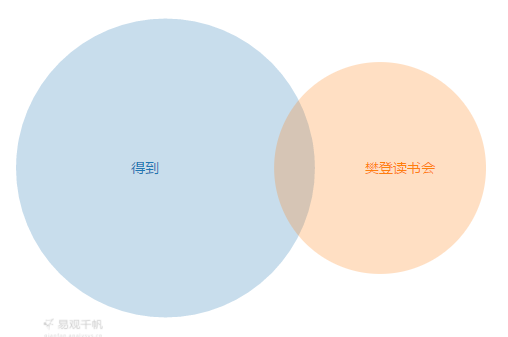

Source of data–Analysys data
From the user overlap, we can see that the user overlap of APP and Fan Deng is low, and there is no direct competition, and each has different user positioning, which will not lead to an oligopoly.
1.3.5 Summary of Market Competition Analysis
The APP was acquired earlier in the market of admission knowledge payment, and accumulated greater user advantages and content advantages, with stable user growth and mature products and operation modes. It can be said that Fan Deng’s reading has a tendency to catch up with others. As can be seen from the ring-on-ring data and download trend, Fan Deng’s reading is still in a period of rapid growth, but the overlap with Fan Deng’s users is not high, and they should all be deeply cultivated within their respective positioning ranges and become the head products of their respective positioning markets.
According to various data, the new world is in a recession, with less than 100,000 active users. Although the stickiness of active users has been improved through its own operation, the future development is generally not optimistic.
Generally speaking, the obtained APP has various advantages, but the retention in the next month is low. I think it can be optimized in the following three ways:
- Increase the activities of retaining users and retain new users through greater concessions.
- Make efforts on recommendation algorithm and customized learning, so that users can find the knowledge they want to learn more easily.
- Further optimize the community module and the learning module, so that users with similar interests can share their study notes together and increase user stickiness.
Although reading in Fan Deng is growing rapidly, the positioning of users and content is different between the obtained APP and reading in Fan Deng, and the user overlap is low, so the obtained APP can continue to deepen its own positioning direction and enrich its content depth.
The author analyzes the basic user attributes of the APP through the easy-to-read data:
2.1.1 Gender distribution, age distribution and consumption power

Source of data–Analysys data
From the perspective of gender distribution, 58.73% of men get APP more than 41.26% of women, and there is a certain gap between men and women, but it is not very obvious.
In terms of age distribution, users under the age of 24 only account for 9.66%, while users aged 24-40 account for more than 75%, among which those aged 36-40 account for the most. It can be seen that users who get APP are mainly working.
From the perspective of spending power, consumers of medium and above account for 67%, and their spending power is high.
2.1.2 Regional analysis
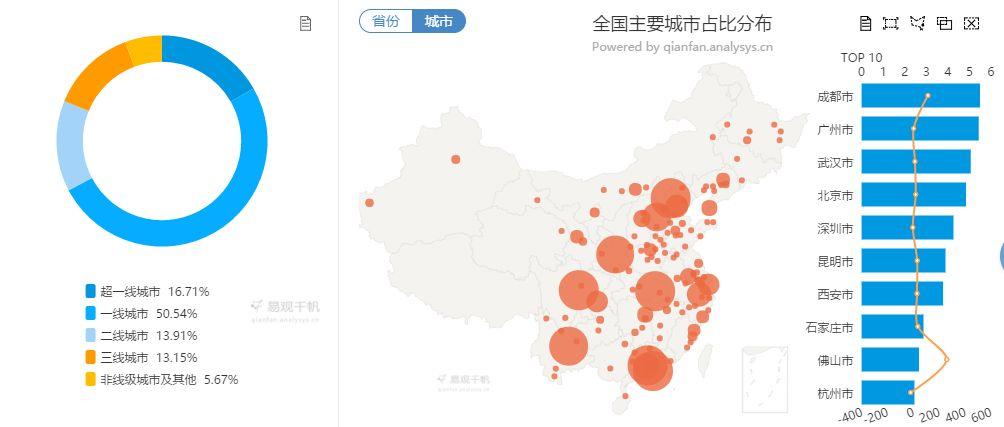
Source of data–Analysys data
From the geographical distribution data, users in cities above the first tier account for 67%, and most of them are concentrated in Chengdu, Guangzhou, Wuhan, Beijing, Shenzhen and other places, generally belonging to super-first-tier cities and provincial capital cities. It is worth noting that users in Guangdong Province are much higher than those in other provinces.
2.1.3 Summary of User Attribute Analysis
From the above analysis, it can be seen that the users who get APP are mainly professionals aged 24-40 (slightly more male users), who have certain work or management experience and have certain spending power. They are mainly distributed in first-tier cities, provincial capitals and coastal cities. These cities have developed economies and strong entrepreneurial atmosphere, which gives these professionals or entrepreneurs greater pressure to learn and grow.
Through the analysis of user attributes, we can see some product features and development trends of APP:
1) The core content-listening to books shows that there are many contents such as vision, history, science fiction literature, business and politics. These contents are mainly male users, so there are more male users. At the same time, however, some female users’ books, such as career women’s growth books, female literature books, female psychological books, etc., have been put on the shelves, so the number of male users will not be significantly higher than that of female users in the gender ratio of users, and it can also be seen that getting the APP is to be a comprehensive learning platform.
2) Getting the APP has a lot of contents such as career promotion, self-management, business studies, etc. People over the age of 24 have an urgent desire for promotion, so they are more interested in these relatively utilitarian knowledge, and most users of the APP are of this age group. At the same time, however, the APP also has listening resources for classic books and popular books. Users under the age of 24 who have not entered the workplace or just entered the workplace will be more interested in these non-utilitarian knowledge. Therefore, users under the age of 24 also have a certain proportion of growth, which can also reflect that the APP is trying to take care of users of more age groups.
3) Judging from the best-selling course subscriptions of APP, the courses are mainly: management, business and finance, which are mostly concerned by middle and senior managers and entrepreneurs in the workplace. Therefore, in terms of geographical distribution, most of them are distributed in first-tier cities, super-first-tier cities, and coastal cities with strong entrepreneurial atmosphere. It is worth noting that Kunming, Xi ‘an and Shijiazhuang, whose economies are less developed than those of super-first-tier cities, have greatly increased the number of users. It can be seen that the overall marketing strategy of the team is more positioned in second-and third-tier cities, and the content of the platform may also attract entrepreneurs in those second-and third-tier cities.
Through the analysis of users’ attributes, the author summarizes the following user portraits, which will be used to find typical users for in-depth interviews:
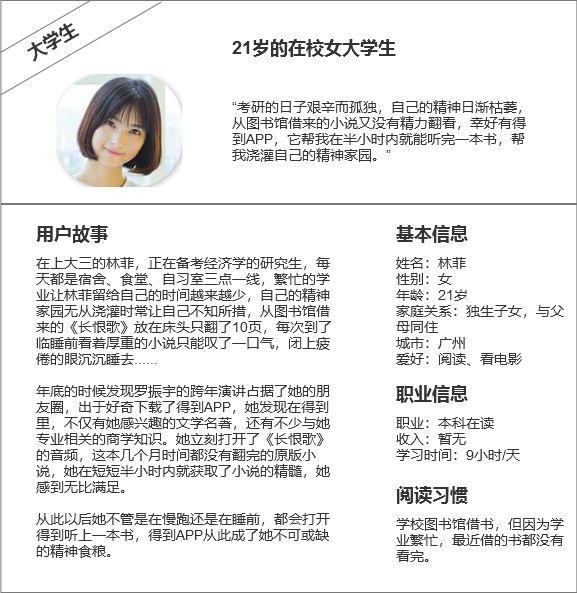
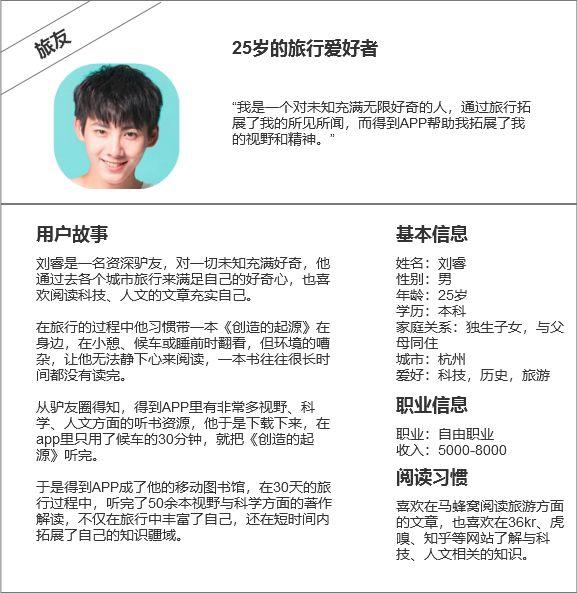
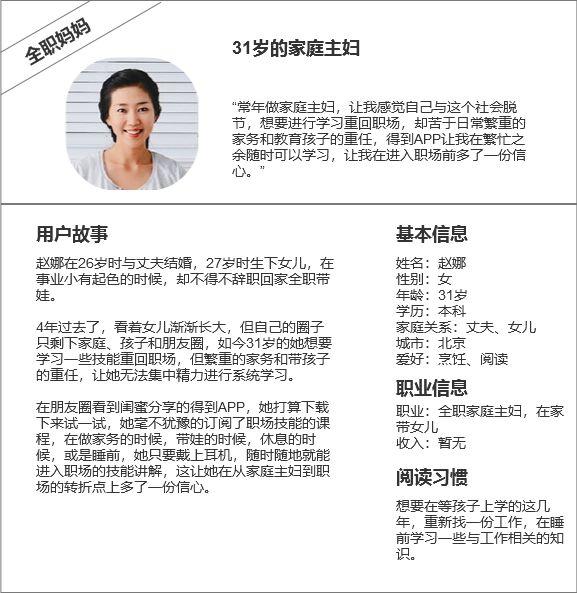
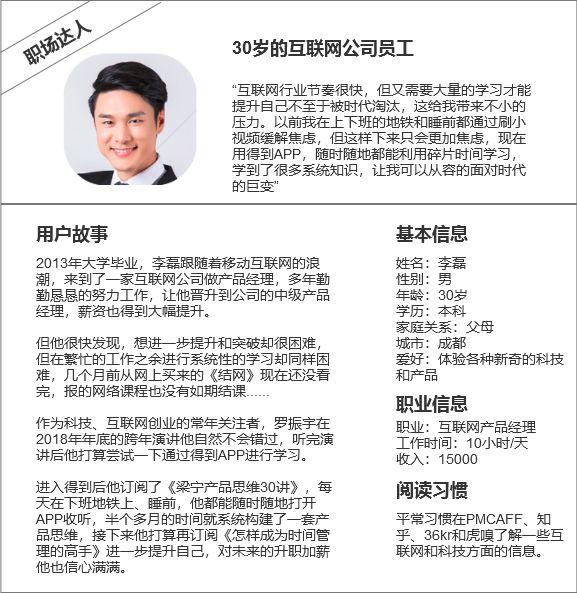
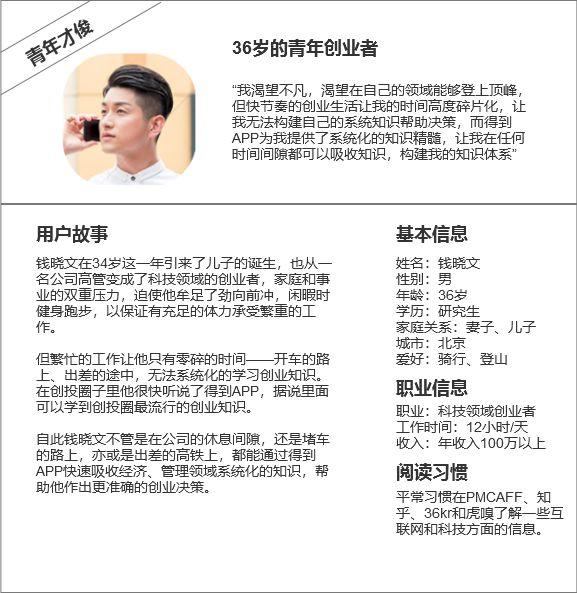
3.1.1 Product functional framework

As can be seen from the product framework in the above figure, the core business of getting APP is the user’s consumption of content, so the author combs the core process of content consumption as follows:
3.1.1 Course flow
Users want to build a knowledge system in a certain field through spare time every day:

3.1.2 Reading process
Users want to increase their knowledge width by listening to books, but they don’t know how to choose:
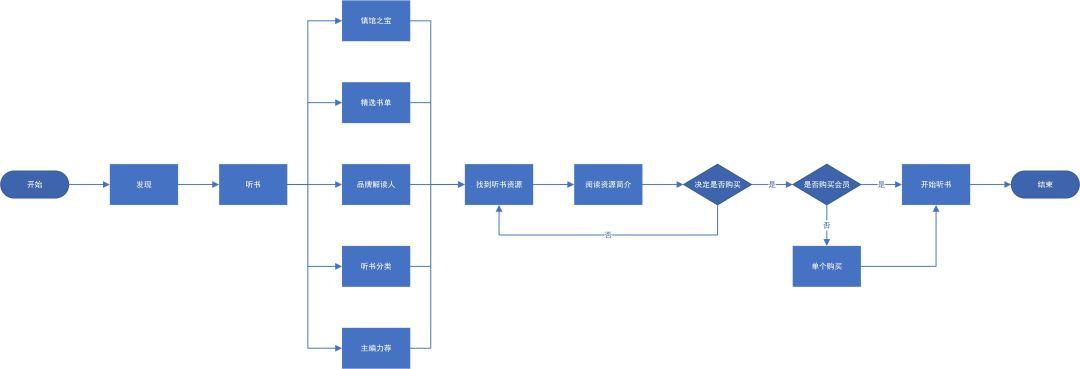
Users know exactly what they want:

3.1.3 E-book process
Users want to expand their knowledge by reading e-books, but they don’t know how to choose:
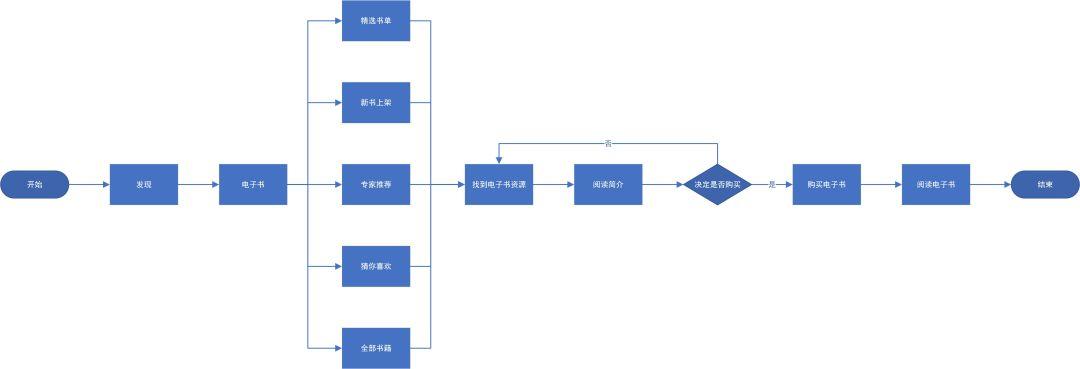
Users clearly know the e-book resources they want:

By disassembling the product functional framework and usage path, the following complete user usage process can be analyzed:
- Users can purchase courses and e-books through the Content module, or put listening books in the bookshelf.
- Users can arrange the study of the purchased content through the "Learning Plan" in the [Learning] module, or learn the purchased content directly through "Purchased".
- After learning, the knowledge is output through the [Notes] module, and the knowledge is absorbed and transformed.
- Excellent notes were officially forwarded by the APP, displayed in the "knowledge city" of the [community] module, and received attention, praise and forwarding from other users.
- The official operation of note output further stimulates the activity of note exporters and the output of high-quality notes, and also stimulates the desire of other users who have not released notes to express their opinions, which enhances the stickiness of products and forms a closed loop of products.

Get the schematic diagram of the whole process of APP.
In the closed loop of the whole product, the [Notes] module is a very important link for the following two reasons:
- As the output link in the process of knowledge learning, notes directly determine the quality and depth of users’ learning, especially the product positioning of fragmented learning such as APP. If the output link of notes is missing, the learning effect will be greatly reduced.
- The APP wants to improve product stickiness by opening a learning community. Notes are the most critical information carrier, which can stimulate users’ desire to express and deepen users’ learning and thinking, thus further promoting users to consume more content and indirectly affecting product revenue.
3.2.1 Analysis of the Status of Note Module
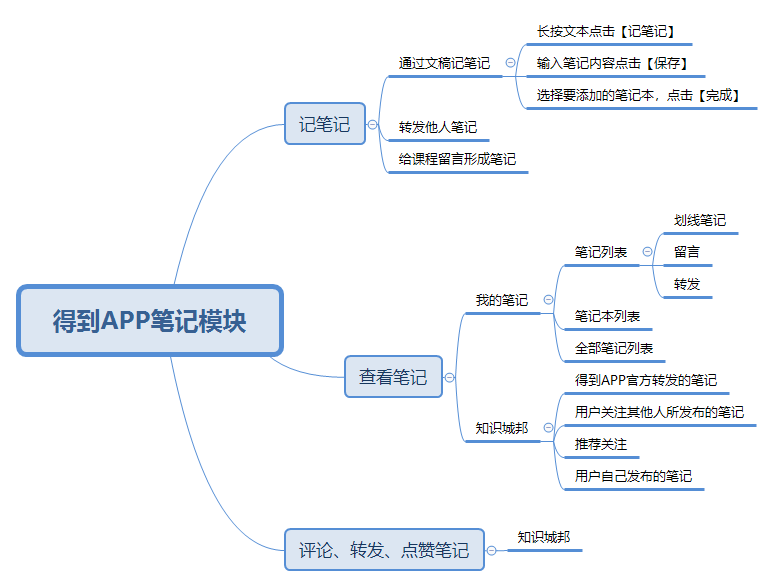
(Get an overview of the current situation of APP note module)
As shown above, it can be seen that the current note-taking module mainly meets the following needs of users:
1) Take notes
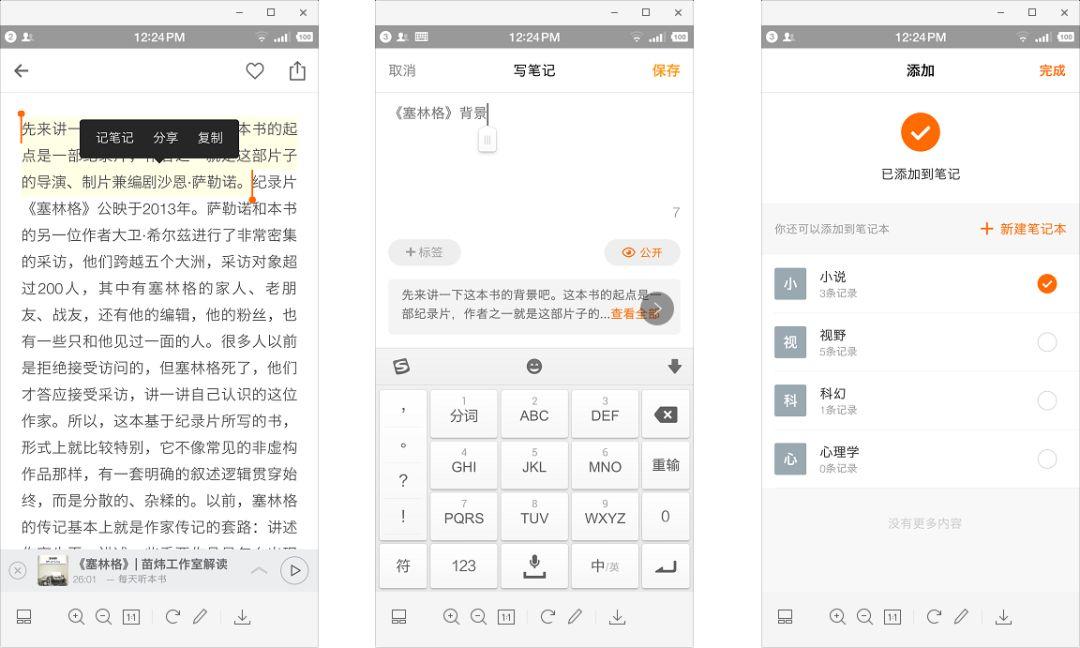
As shown in the above figure, the supported users record notes for a certain paragraph of text in listening manuscripts, course manuscripts and e-books, and classify and save them.
Among them, when the user selects a paragraph, the system will automatically recognize a whole sentence, which reduces the operation difficulty of the user selecting a paragraph to a certain extent; When the user finishes inputting the notes and publishes them, he can choose whether to make them public, which ensures the privacy of the user.
2) refer to notes
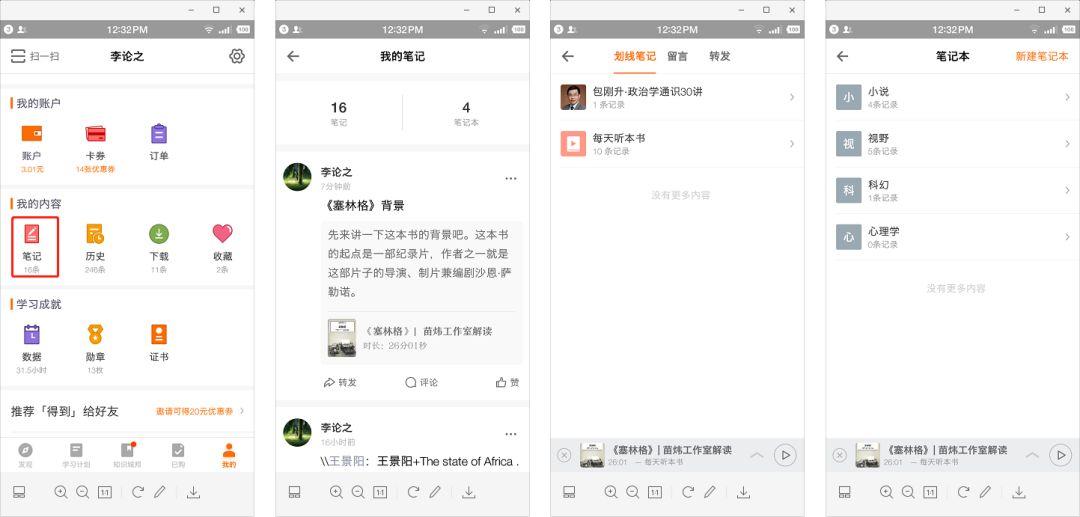
As shown in the above figure, in My Notes, there are three access methods: access to all notes, access according to the classification of underlined notes/messages/forwarding, and access according to user-defined classification.
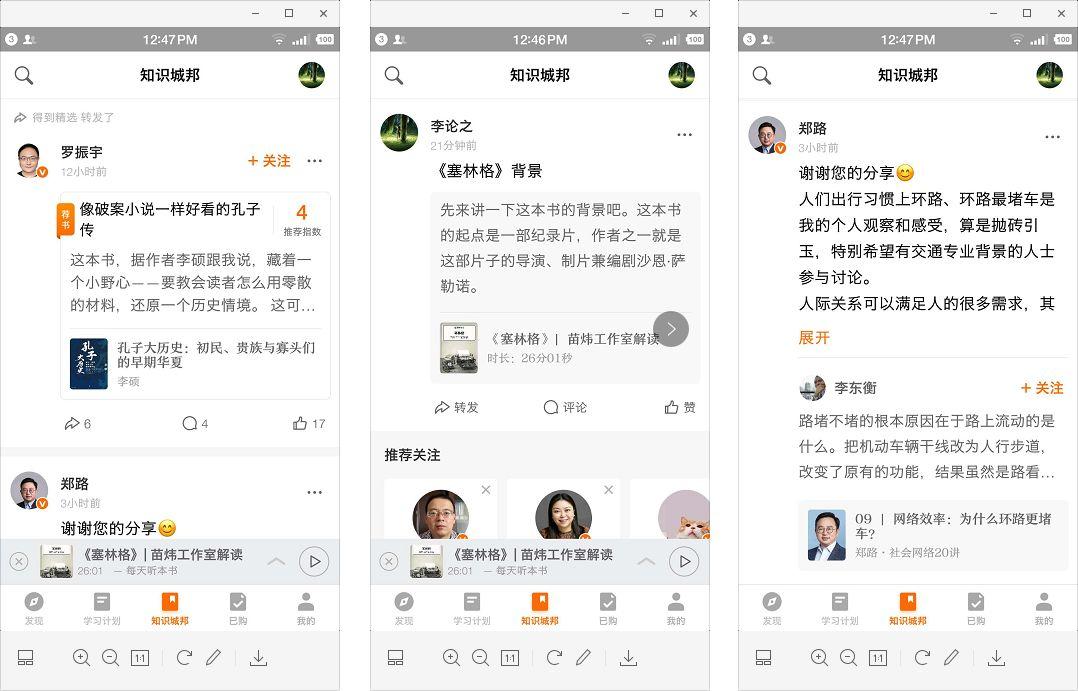
As shown above, in the "knowledge city-state", you can check the excellent notes forwarded by the government, the notes released by other users who users pay attention to according to their preferences, and the notes released by users themselves.
3) Forward, leave a message and like the notes.
Users can leave messages, forward and praise the excellent notes in the knowledge city-state, and the forwarded content will also form notes and be included in "My Notes".
4) Summary of the current situation of note-taking module
Through a simple analysis of the above three functions of the note-taking module, we can see that:
- The details in the process of taking notes are well done, and the user can intelligently lock the whole sentence to take notes, reducing the operation of the user in the process of selecting paragraphs. At the same time, it supports users to choose whether their notes are public or not, which ensures the privacy of users while creating a note content community for them.
- Access to notes is diversified, which not only supports users to access their own notes, but also supports users to save other people’s notes (through forwarding) and also supports users to save messages for courses. Ensure that users can save high-quality content generated in various scenarios.
- Get in the content community (knowledge city-state), focus on recommending high-quality notes for users, deepen users’ learning and thinking, and enhance product stickiness.
Generally speaking, note-taking module plays a key role in improving user stickiness and content consumption. However, through several days of investigation, the author found that there is still some room for improvement in the note-taking module. Below, the author will make an in-depth analysis of the problems faced in the note-taking module.
3.2.2 Note module problem analysis
In three days, according to the user portrait analyzed above, the author found five heavy users who got the APP and conducted user interviews. The problem of getting the note module of the APP is summarized as follows:
1) User interviews
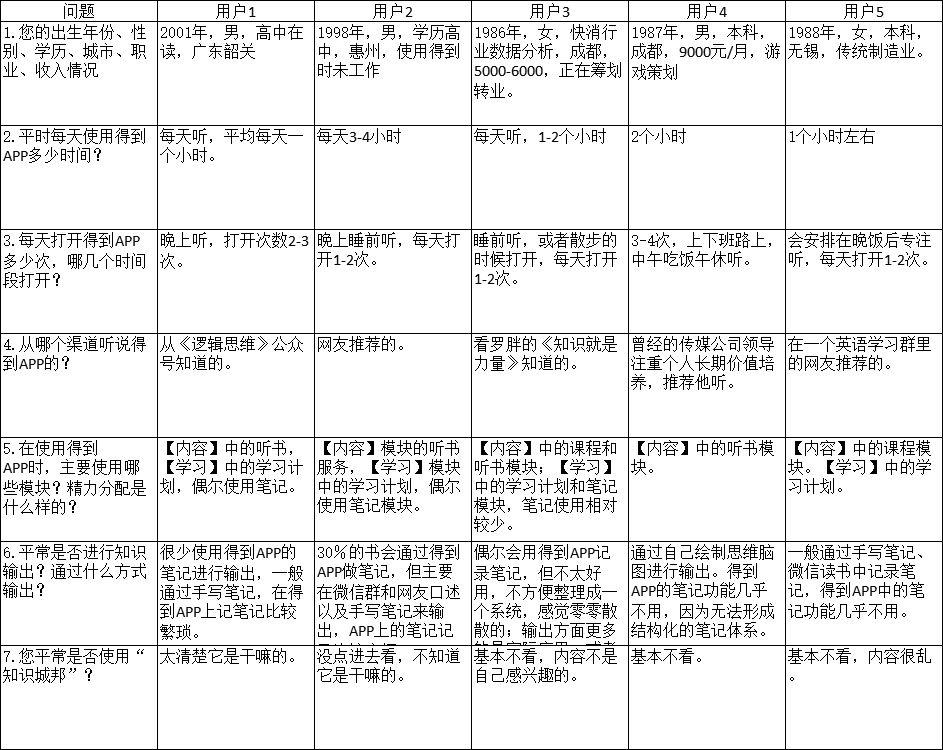
According to the above feedback:
- Users are mainly students, people who have changed jobs and people who are working in the workplace. They have a certain thirst for knowledge and want to accumulate some knowledge before changing jobs, or lay the foundation for career promotion through knowledge learning and storage. The user’s use time is generally in the evening or other fragmentary time. Judging from the user’s access channels, the obtained APP has formed a certain word-of-mouth communication, and in general, these user characteristics are basically consistent with the user portraits analyzed above.
- In addition to using the Content module, users often use the learning plan in the Learning module, followed by the note module, while the Knowledge City, which collects the note content, is almost neglected.
- Users output knowledge mainly through handwritten notes, dictation with friends and other note-taking software, and occasionally use the note-taking function on the computer to make some marks, thinking that the process of the note-taking function is too complicated.
- Users share notes through other platforms, instead of using [Knowledge City]. The reason for feedback is: I think that the notes in the knowledge city-state are too messy, and I am not interested in them. Generally, I want to find the content I am interested in, and I will share my experience with my friends through the WeChat group after learning, instead of sharing my experience on the platform.
2) Appstore evaluation
In addition to user interviews, the author consulted the evaluation of the app store in the past six months. The following is the collation of hundreds of high-quality messages by the author.
As you can see, in taking notes, consulting notes, knowledge city-state related issues, have been confirmed:
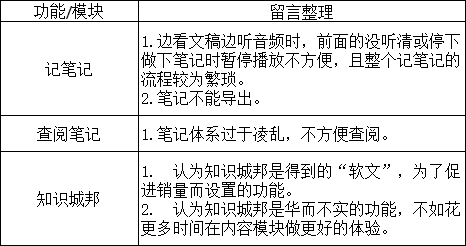
3) Summary of Notes Module Problems
As previously analyzed, in the scenario of fragmented learning, it is particularly important for users to think deeply and apply what they have learned through note output.
Secondly, the content of notes is the key information carrier of the community, and users can link with each other through the content of notes, which can effectively enhance the stickiness of products and increase the frequency of users’ use; Moreover, if the views expressed by users are praised and forwarded by others as high-quality notes, they can also enhance their further consumption desire and thus promote product revenue.
However, judging from the author’s user interviews and feedback from store messages, the note-taking module did not play its due role, mainly reflected in the following points:
- Note-taking: The operation is so complicated that it is difficult for users to take notes while listening to audio. They prefer to write notes by hand or take notes on other note-taking platforms.
- Access to notes: Although the APP supports users to save high-quality content generated in multiple scenarios such as message and forwarding, the presentation of notes is messy and cannot form a clear knowledge system. Some users prefer to use mental maps to record notes.
- Knowledge city-state: From the feedback results, users basically don’t care about knowledge city-state, and even think that it is just a promotion tool to get the platform, where they can’t find their own interesting content quickly. As a result, the community is left out in the cold, and it is impossible to form a strong incentive for users to take notes, which makes the cumbersome note-taking module more difficult to use, and ultimately leads to the reduction of product stickiness.
Based on the above analysis, the author will give optimization suggestions from three aspects: simplifying the operation process of taking notes, combing the consulting forms of notes, and encouraging users to use notes more, in an attempt to increase the utilization rate of note-taking modules.
3.2.3. Suggestions for optimizing the note module
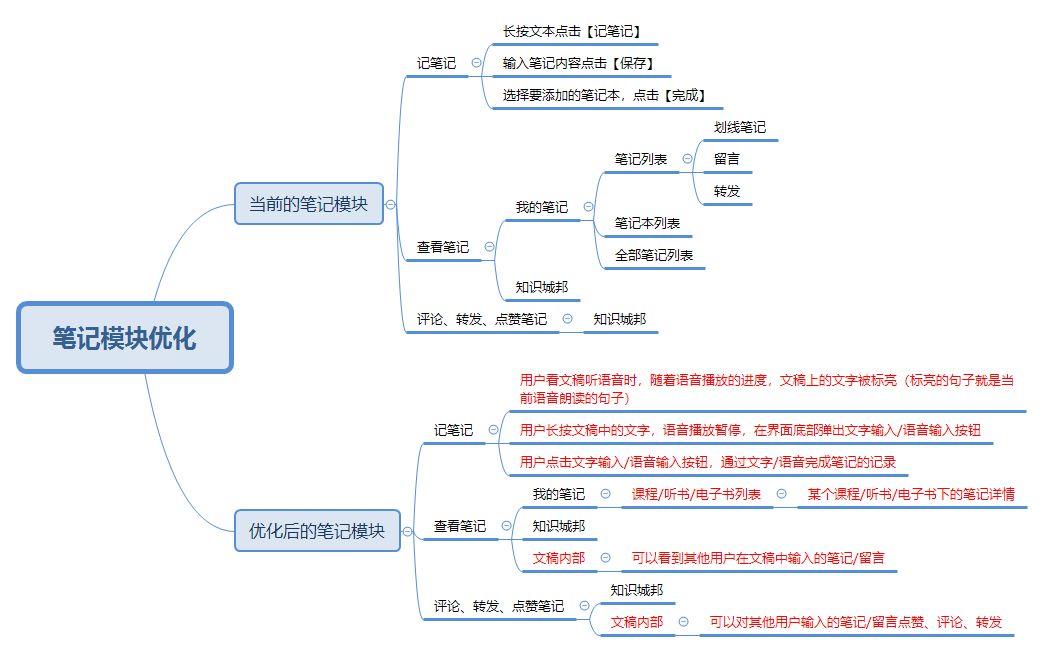
Overview of note module optimization
1) Take notes and optimize the original design.
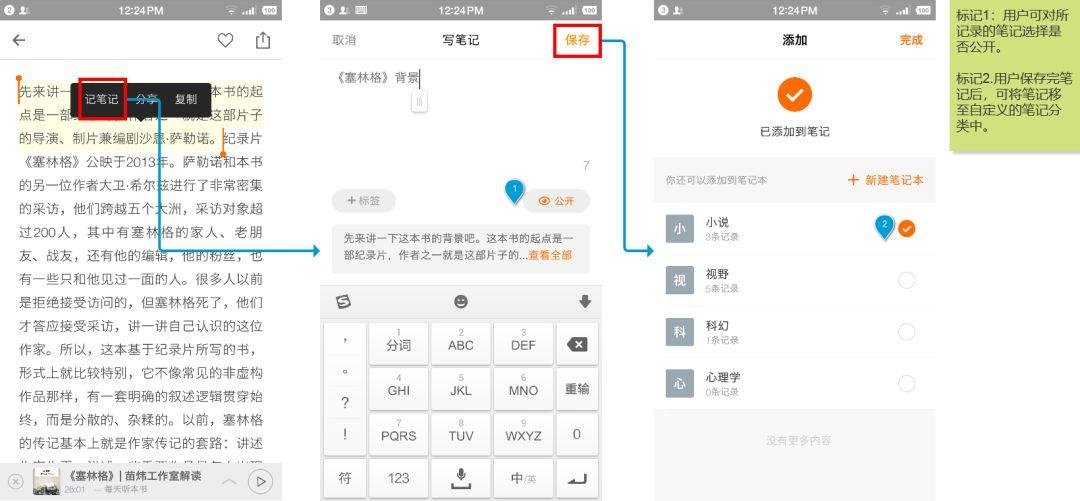
As shown above, with the current note-taking function, users can select a paragraph, click the note-taking button to jump into the note input page, click the Save button after input, jump into the note addition completion page, select a custom note type, and click the Finish button to return to the manuscript page.
There are three problems in the existing process, which makes the note-taking process complicated:
- In the process of selecting a paragraph, users need to press and call out the "take notes" button for a long time, and fine-tune the range of the selected paragraph, so users are easily impatient with this subtle operation.
- There are too many page jumps, so users need to jump to the note input page, then jump to the note completion page, and then return to the manuscript page.
- Users usually use the APP in some fragmented scenes, such as commuting, car, lying in bed, etc. In this semi-focused state, it is difficult for users to input long paragraphs to finish taking notes.
Suggestions for modification:
In view of the above three problems, I designed the following optimization scheme.
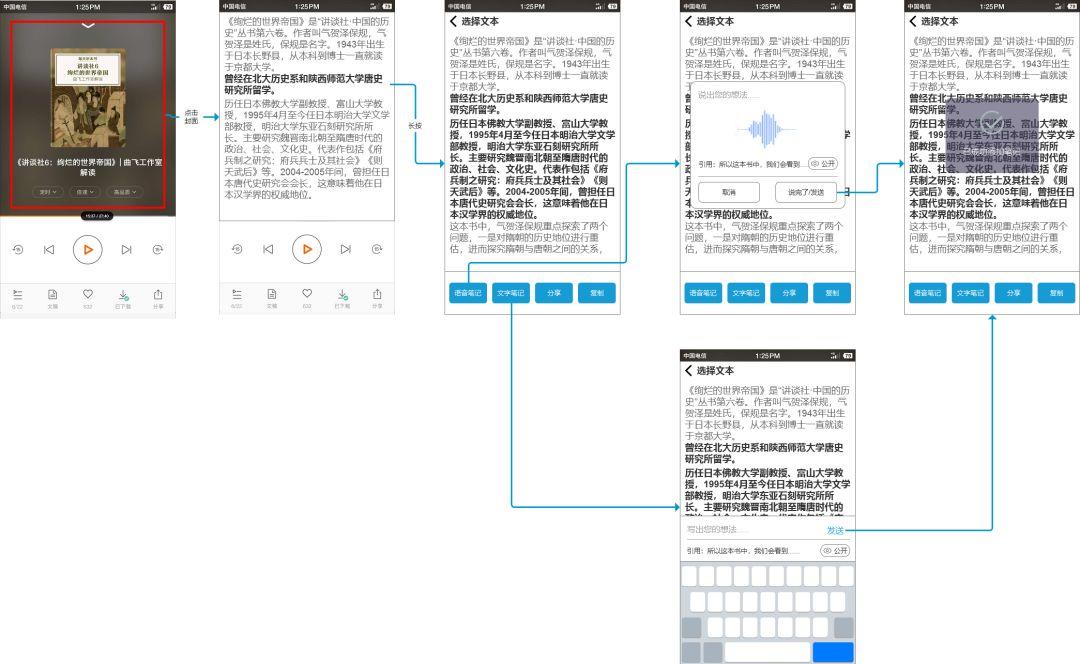
Analysis of modification proposal:
- The optimization scheme is as above. When the user clicks on the course cover of the voice playing interface, it will switch to an audio manuscript.
- The bold font is the currently playing manuscript, similar to the lyrics of the music APP.
- When the user presses the manuscript for a long time, the audio will be paused and the page of selecting text will be entered. The user can click on the manuscript and select the text (each time the user clicks, he can select a whole sentence).
- For the selected text, users can record voice/text notes, share and copy through the buttons at the bottom of the page.
- After the user takes notes, the audio continues to play.
Problems solved by the scheme:
- The user does not need to fine-tune the selected text.
- Users don’t need to jump to the page frequently, and they can take notes on the current page.
- When the user is in a semi-focused scene, he can also easily use "voice" to take notes.
- Users can also find the text corresponding to the current audio playback at any time and know where the current audio has been read.
2) Review notes optimization: original design
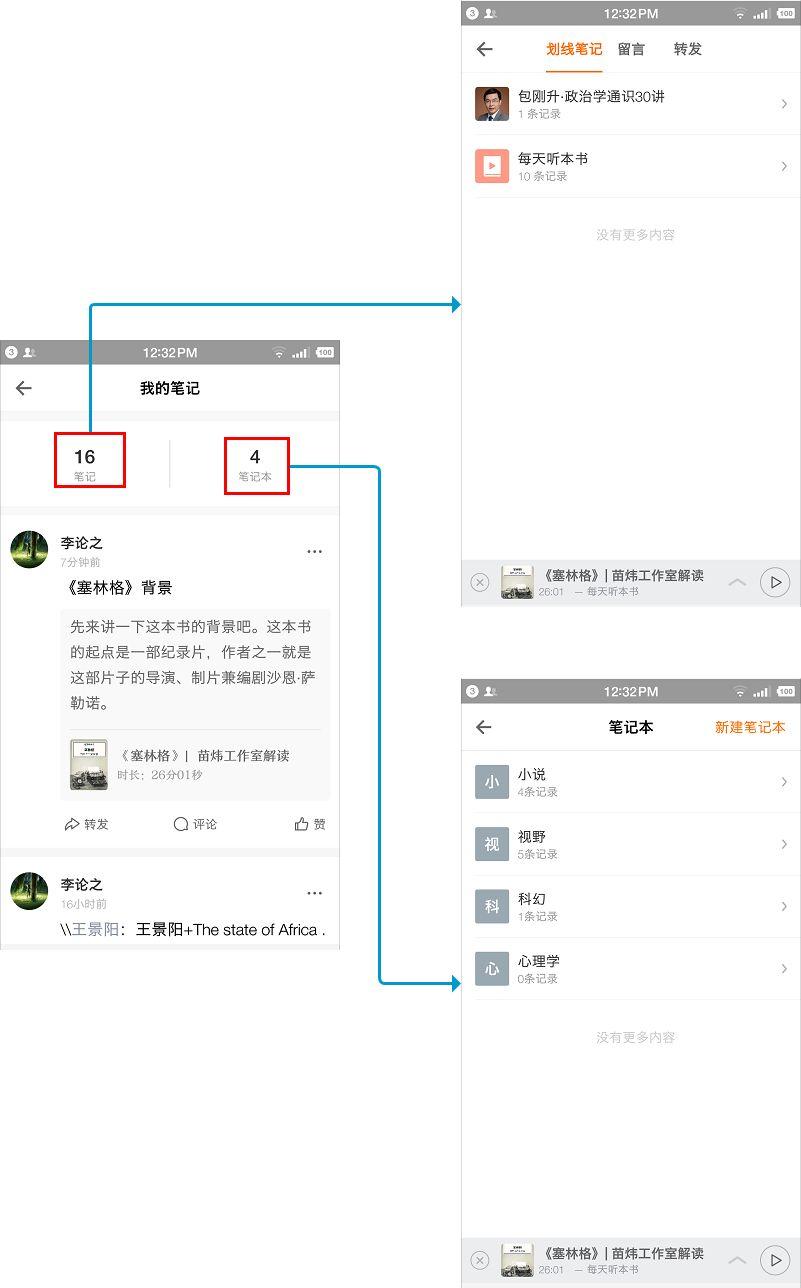
As shown above, in My Notes, the user can click Notes to refer to the notes by the classification of "crossing notes, leaving messages and forwarding"; Click "Notebook", and you can refer to your notes by notebook classification.
The current note review function has the following problems:
- Stressed notes, messages and forwarding are just the storage forms of notes, but users don’t need to know which of these notes are formed by forwarding and which are formed by messages. What users need to know is how to classify notes in content and make inquiries according to these classifications.
- At present, users can create a new notebook and move the corresponding notes to the new notebook, and customize the classification of notes in this way. However, for the fragmented learning scene, the operation of custom classification is too cumbersome and the utilization rate is low (from the statistics of survey feedback).
Suggestions for modification:
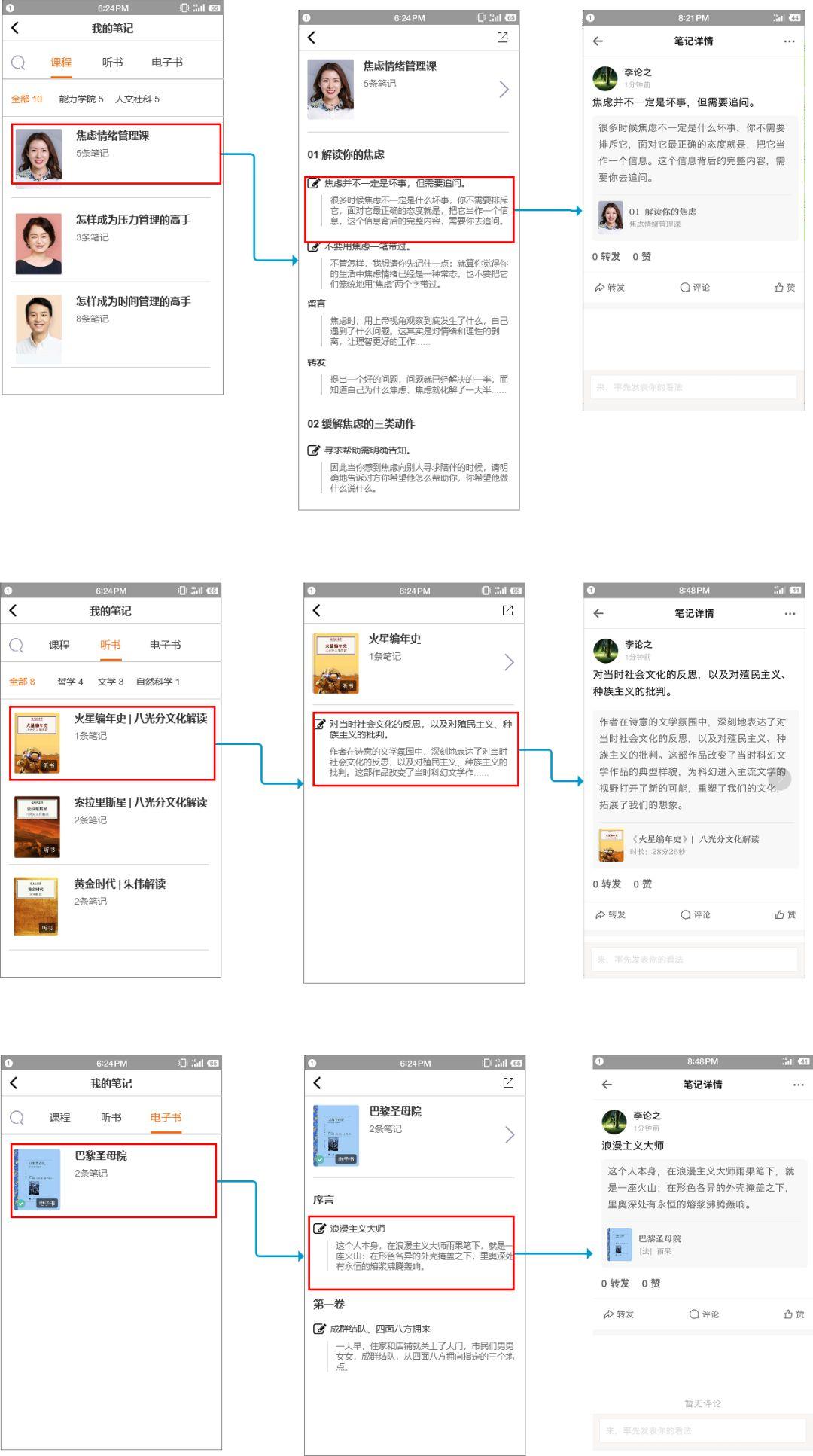
Description of proposed scheme:
- The scheme is as above, and the notes are divided into three categories: courses, listening books and e-books.
- Each kind of notes are classified according to the content of the course/listening book/e-book, and users can see the number of notes in each course/listening book/e-book;
- On the note details page of courses and e-books, users can read notes in chapter order; When the user clicks on a note, he enters the interactive page of the note, and the user can see the number of forwards, likes and comments about the note;
- On the note details page of listening to the book, because the content of listening to the book is less, the "chapter" is no longer marked, and the contents of the notes are directly displayed.
- Support note export function (button in the upper right corner of note details).
Problems solved by the scheme:
- The structure of notes is clearer, and users can quickly refer to notes by content classification. For example, there are sub-categories such as competent colleges, humanities and social sciences under the course, and "Anxiety Management Course" under the competent students. Users can clearly see the notes listed according to the chapter order when they enter the note details page of "Anxiety Management Course".
- The classification of notes inherits the original classification of courses/listening books/e-books, without manual classification by users, thus reducing the operation flow of notes.
- The note export function supports users to incorporate the notes formed by the platform into their own note software.
3) Encourage users to take notes on the original design.
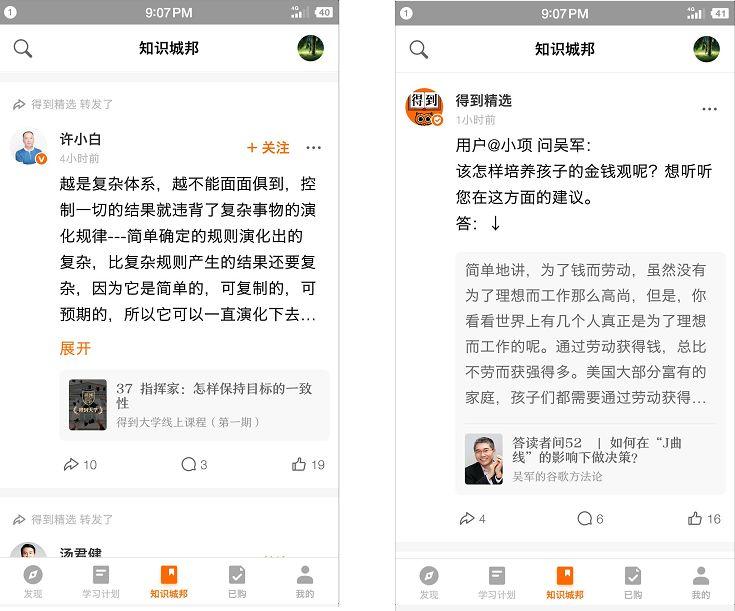
As shown above, if users output high-quality notes, they will reprint them when they get them, so that more users can read them in the "knowledge city", thus encouraging users to output more high-quality notes.
But the existing incentive logic has the following problems:
The system does not distribute the notes personally, so users can’t see the notes in their fields of interest.
According to the author’s research results, the utilization rate of the "Knowledge City" module is very low, and the low activity of the "Knowledge City" may in turn inhibit the desire of deep users to output notes. The following are the author’s optimization suggestions.
Suggestions for modification:
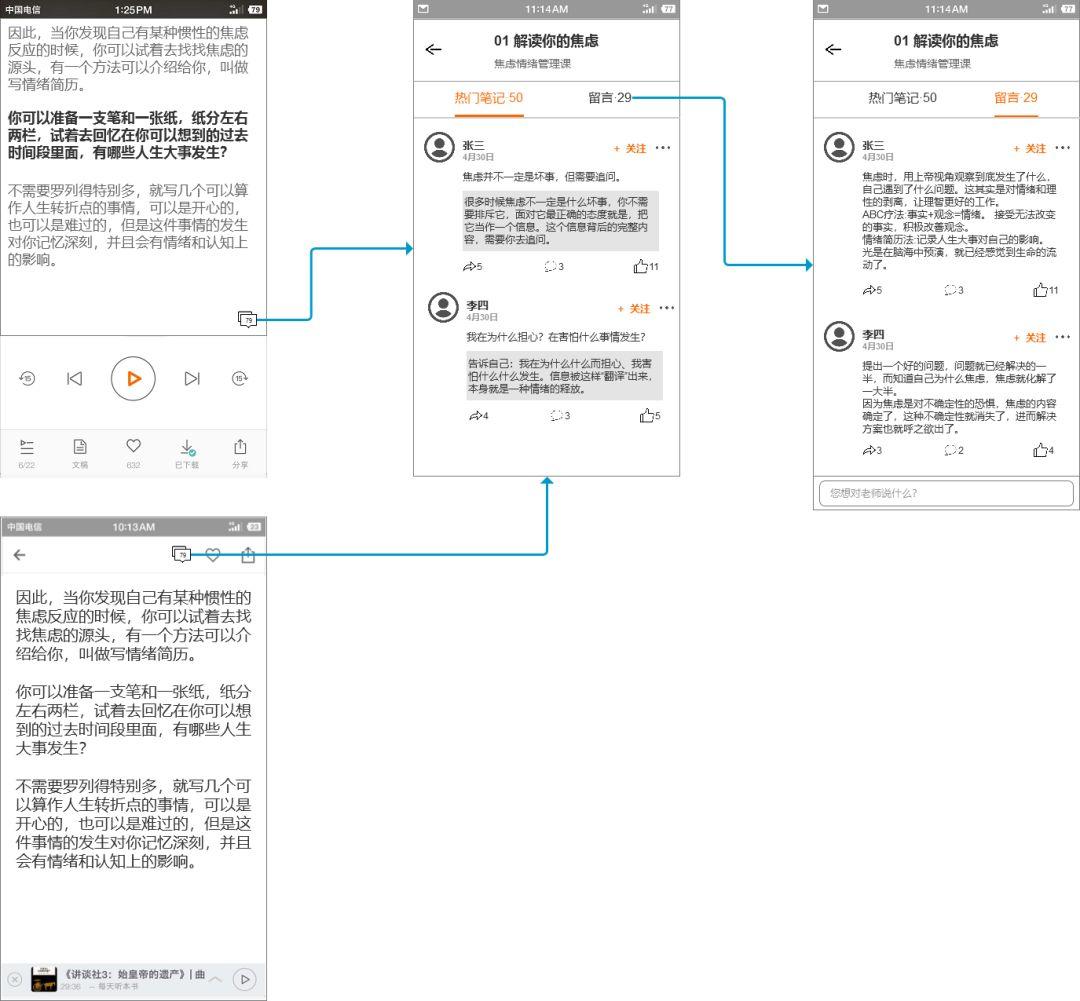
Description of proposed scheme:
As shown above, users can click the icon in the lower right corner of the audio playback document interface, or click the icon in the upper right corner of the document details page to enter the popular notes and messages page.
In order to stimulate the user’s output, the entry rule is: if the user has not taken notes, the user is required to output at least one note before reading the popular notes:
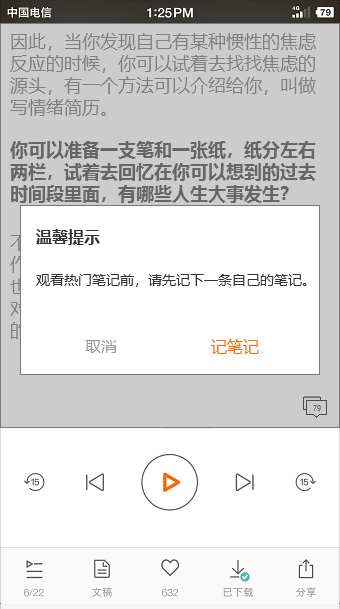
After taking notes, users can jump to the popular notes and messages page, where they can see the notes and messages recorded by other users on the course, and arrange them according to the heat.
When users see wonderful notes or messages, they can pay attention to the users who posted the notes or messages. At this time, the notes updated by the concerned users can be displayed in the Knowledge City.
Problems solved by the scheme:
- While learning knowledge, users can see the corresponding notes and messages at any time, which stimulates users’ desire for deep thinking and discussion and helps users learn more deeply.
- By reading the notes and messages corresponding to the content learned at present, users pay attention to the heavy users who publish these high-quality notes, and gradually form a personalized attention list, and the contents published in this attention list are displayed in the [knowledge city state]. This kind of personalized content can greatly increase the frequency and stickiness of users compared with the previous undifferentiated content.
- Of course, improving community activity is a systematic problem. However, from the perspective of note module, the above scheme makes it easier for users to read the high-quality notes they are interested in and pay attention to the authors of the notes, which solves the problem of personalized attention and can enhance the community activity to a certain extent.
3.2.4. Analysis and Summary of Note Module
Note module plays a key role in obtaining products, which not only helps users deepen their knowledge, but also is the key information carrier of [community], which directly affects the frequency and stickiness of users.
Through the investigation of users and the collection of feedback, the author summarizes the problems existing in the current note-taking module in three aspects: note-taking, note-taking and user motivation, and gives the optimization scheme.
The main purpose of the optimization scheme is to make users more willing to use the note module, thus encouraging users to produce more high-quality note content. Of course, these optimization schemes have yet to be verified. If there is an opportunity, I will make a Demo to further verify these optimization schemes according to the user’s use of the demo.
As mentioned above, the complete use process of users is analyzed, and the significance of learning plan module in the whole product process is mainly manifested in the following two aspects:
- Plan the learning content that users need to complete every day to help users develop study habits;
- Through appropriate incentives, push users to complete their daily study plans.
Below, the author will make an in-depth analysis of the status quo, problems and solutions of the learning plan module.
3.3.1. Analysis of the current situation of learning plan module
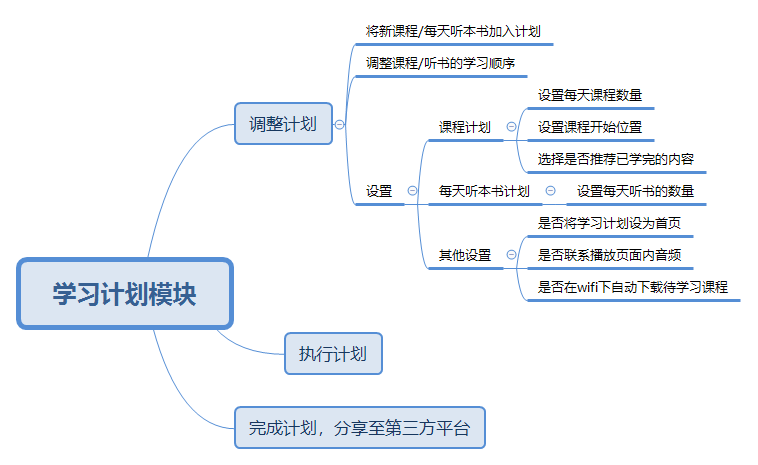
(Overview of the current situation of learning plan module)
As shown above, the learning plan module meets three needs of users:
1) Adjust the plan
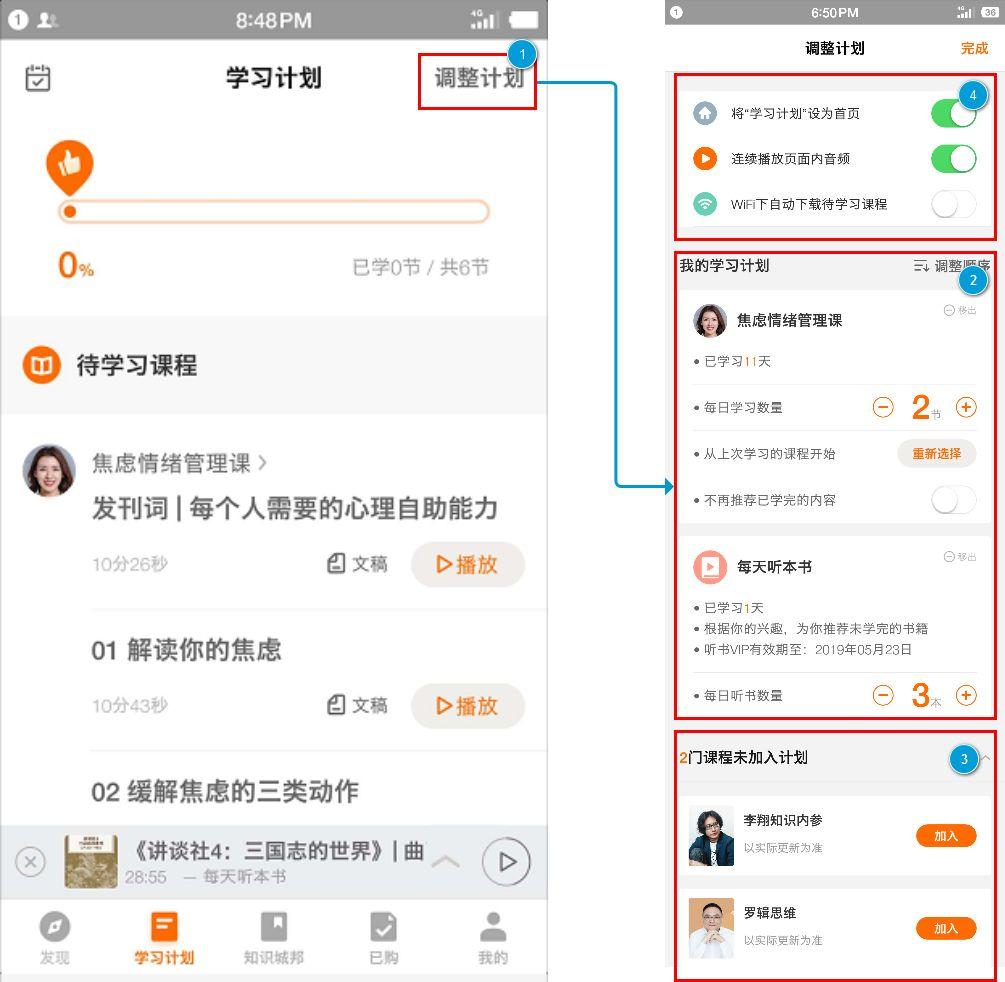
As shown above:
Logo 1: The user clicks the button in the upper right corner of the learning plan page to enter the plan adjustment page.
Logo 2: Support users to adjust the learning order of courses/listening books, and set the number of courses/listening books, the starting position and whether to recommend the finished content.
Logo 3: courses that have not been added to the plan or courses that have been completed can be added to the current plan.
Logo 4: General settings: set the study plan as the home page, continuously play the audio in the page, and automatically download the courses to be studied under wifi.
2) Implementation plan

As shown in the above figure, after adjusting the plan, the user can start the plan with one key, and the current plan progress (75%) will be displayed at the top of the execution page. During the execution of the plan, the user can listen to the contents of the book/course continuously without manual operation.
3) Complete the plan and share it with the third-party platform.

After executing the plan, a share button will appear on the page for users to share with third-party platforms.
4) Summary of the current situation of learning plan
Obtaining the APP allows users to flexibly arrange their own learning plans, which is embodied in: supporting users to add and remove plans, setting the planned amount, and adjusting the learning order.
In the process of implementing the plan, getting the APP has a certain incentive effect. The specific performance is: support users to see the current plan progress, so as to spur themselves to complete the plan; The function of "one-click start planning" helps users to start planning quickly and reduce delays.
At the end of the plan, support users to share the learning results of the day to the third-party platform, which plays a certain incentive role for users and also enhances the word-of-mouth communication of products.
3.3.2. Analysis of learning plan module problems
Although the learning plan module basically meets the needs of users to make and execute plans, after the author’s investigation and feedback from the application store, there are still the following problems:
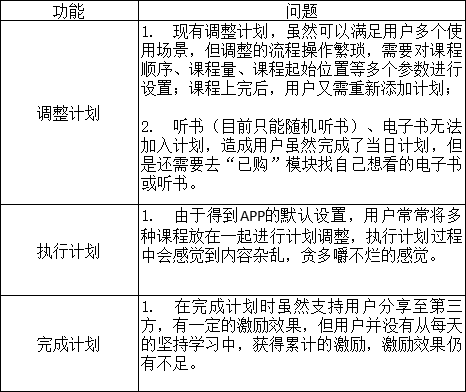
As can be seen from the above feedback results:The convenience of adjusting the plan, whether the user’s energy is focused during the implementation of the plan, the incentive after completing the plan,There is a certain room for improvement, so the author gives optimization suggestions from these three aspects, in order to enable users to develop study habits more smoothly and enhance product stickiness and word-of-mouth communication.
3.3.3. Suggestions on optimization of learning plan module
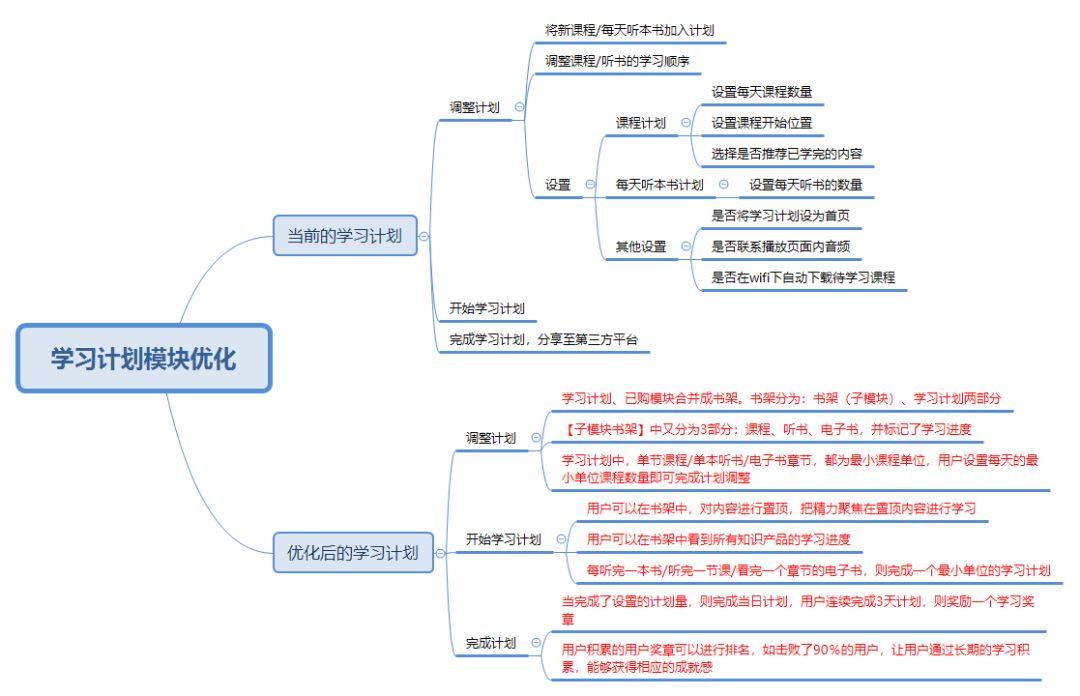
Overview of learning plan module optimization
Suggestions for modification:
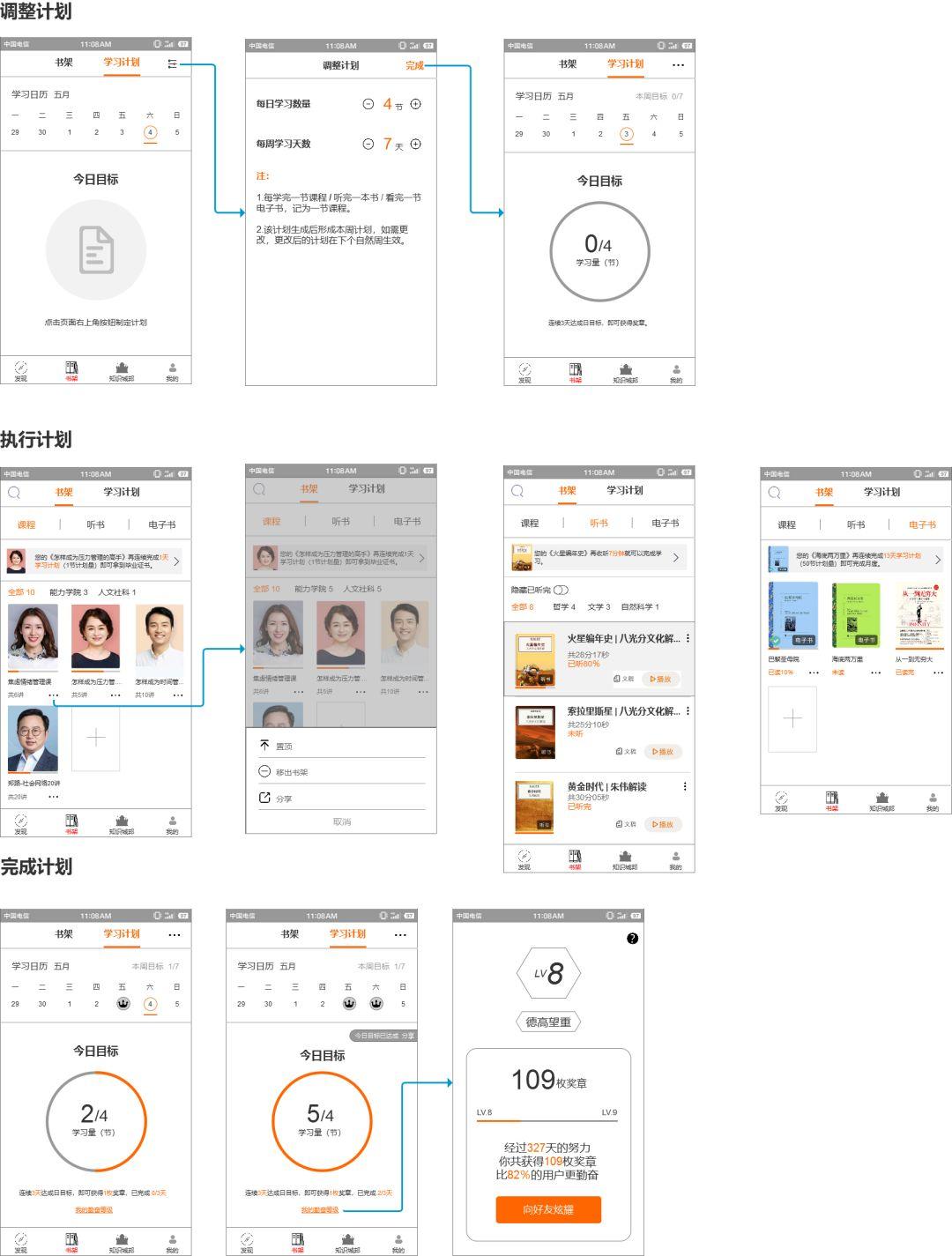
Proposal Description 1: Adjustment Plan
As shown above, the learning plan module and the purchased module were merged, and the original purchased module was renamed as Bookshelf.
The learning plan page is designed in the form of "learning calendar", and users can see the implementation of the plan every day this week; Click the Settings button in the upper right corner of the Learning Plan page to enter the adjustment plan page.
On the Adjust Plan page, users only need to adjust the "Daily Learning Quantity" and "Weekly Learning Days" to complete the formulation of the learning plan, and then they can see the planned amount of the day in the learning calendar.
Among them, the smallest unit of daily study plan is "one lesson", that is, every time you finish learning a lesson/listening to a book/reading an e-book, it is recorded as a lesson. The author has investigated many e-books, and the number of words in each section is about 5000-10000 words, and the reading time is about 15-30 minutes, which is exactly equivalent to the learning time of a class/a book.
Description 2: Implementation Plan
As shown above, the original purchased module is renamed as bookshelf, and users can query knowledge through the classification of courses, listening books and e-books;
Below the course/listening book/e-book directory is intelligent recommendation. The recommendation rules are as follows:
- Listening to books: give priority to recommending the content of listening to books with the least remaining progress.
- Courses and e-books: when there are knowledge products in the bookshelf that have been implemented continuously for more than 7 days (learning has not been completed), other purchased products will be pushed to users (other purchased products will be pushed with less remaining planned quantity first); If there are no other purchased products, push new products that users may be interested in. When there is no knowledge product with a continuous execution plan of more than 7 days in the bookshelf, the knowledge product with the least remaining planned quantity will be pushed.
Below the cover of each kind of knowledge, you can see the learning progress of the current course/listening book/e-book.
When the user completes the plan for the day, the "Planned Bomb Layer" will automatically pop up, as shown below:
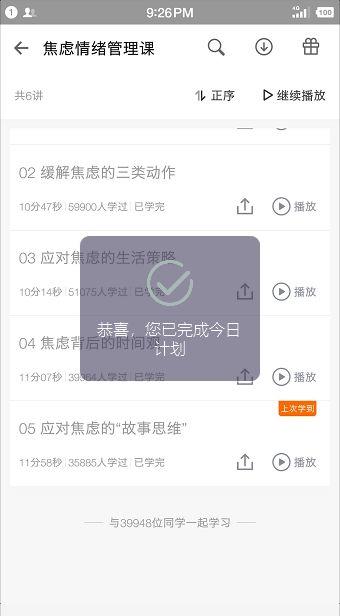
Users can set the top/remove the bookshelf/share the currently selected knowledge; If you still want to find the removed knowledge products, you can check them in My Account.
Description 3: Complete the task
- After completing the plan, you can share the completion of the day;
- Complete the three-day plan in a row and get a medal;
- Click on "My Diligence Level", you can see the data such as the number of medals accumulated by users, the level of diligence, the number of defeated users, etc. This page can also be shared with third-party platforms.
Problem 1 solved by this scheme: Adjust the plan.
- The scheme greatly simplifies the operation of the user to adjust the plan, thus improving the utilization rate of the user;
- Users only need to set a week’s plan to reuse it indefinitely. Not only does it not need to readjust the plan, but it also helps users to develop study habits.
Problem 2 solved: implementation plan
- In the process of implementing the plan, users can put the knowledge they are currently learning at the top, so that users can focus their learning knowledge more.
- Intelligent tips at the top of the bookshelf give priority to recommending knowledge products that users are about to finish learning. When users repeatedly learn a knowledge product for too long, the system helps users adjust other knowledge content, so as to help users complete their learning plans more easily.
- Users can see the learning progress of each knowledge product at the bottom of the cover, and the current overall learning progress is clear at a glance, and there is no longer a sense of fragmentation caused by learning multiple courses together in the original plan.
- Because the smallest unit of planning is unified, not only courses, but also listening books/e-books can be included in the study plan, so users only need to focus on completing the study plan when learning.
Problem 3 solved: Complete the plan
The scheme not only supports users to share the plan completion of the day to the third-party platform, but also can share their accumulated plan data, and clearly see their ranking among all users, so as to create long-term incentives for users.
3.3.4. Optimization summary of learning plan module
The author mainly from:Simplify the plan adjustment operation, focus on the user’s plan execution process and improve the incentive effect after the plan.Optimize the learning plan module from three aspects, so as to make users develop learning habits, improve product stickiness and spread word-of-mouth (shared by third parties). Of course, just like the note-taking module, the optimization scheme of the learning plan module also needs the author to make a demo for verification.
On April 23rd, which coincided with the 24th World Book Day, Get APP held a "Get 2019 Spring Knowledge Conference" in Beijing, which was broadcast live by Shenzhen Satellite TV, Youku and Get APP.
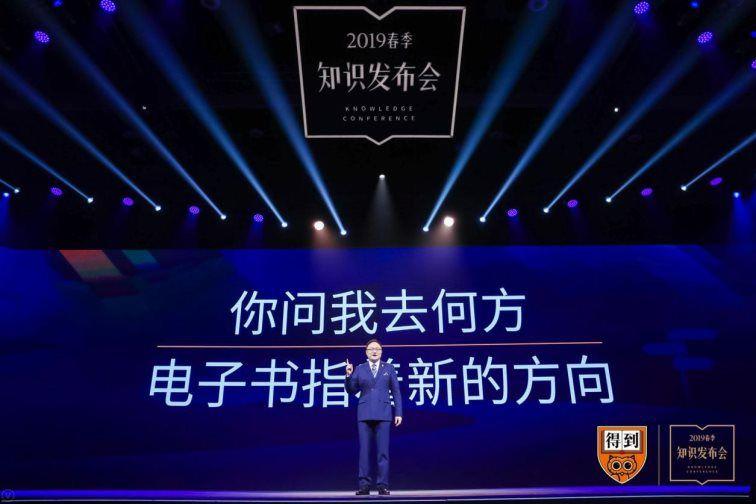
At the press conference, Luo Zhenyu, the founder of App, released a new upgrade of e-book products for the future, including:
- The customized font "Get Today" was officially launched to provide readers with a comfortable reading experience.
- Technical upgrading in e-book typesetting, e-book browsing and multi-terminal experience;
- Cooperate with well-known scholars, vertical experts and well-known publishing houses to recommend and publish the best quality e-book products;
- A new function of global search is introduced. When users search in the APP, the system will display e-book paragraphs related to keywords, so that users can obtain better search results;
- Launch an "order" activity, calling on users to participate in the joint construction of the stacks.
In the course of his speech, whether Luo Zhenyu introduced the interpretation of Chinese movable type printing when he got the modern model, or introduced Zhang Yuanji, the founder of Commercial Press, a partner who got the APP, or introduced the global search function of e-books, he always opened up the historical dimension and presented the audience with a historical space about knowledge and books, which made people linger in it. For the speech itself, it was undoubtedly quite successful.
After the press conference, a lot of operational activities were carried out around the latest contents of e-books, including: on April 23, the "Give an Order to Get the APP" campaign was launched, calling on users to jointly build an e-book library, and at the same time, the video "Understand the brand-new function of getting the e-book in one minute" was released.
On April 25, 11 law books of 11 "the most representative law professors in China" were published.
On 04/26, the e-book "American Trap" was exclusively launched.
On 04/30, in connection with the upcoming May Day holiday, the topic "Get Search to Be Your Exclusive Tour Guide" was released.
04/30, the list of e-book users was published.
On 05/03, the "Reading List Recommended by 11 Scientists and Popular Science" was released.
On 05/04, the e-book Fact was launched.
The above operation activities can be regarded as the support for the new functions and new contents of e-books. Among them, in terms of functions, the concept of "you can use e-books when you look at them" and "you can get them when you search for high-quality content" is deepened for users by releasing introduction videos of e-book reading and global search functions.
In order to let users have a deeper understanding of the application scenario of "global search", a special topic "Get Search as Your Exclusive Tour Guide" was also produced.
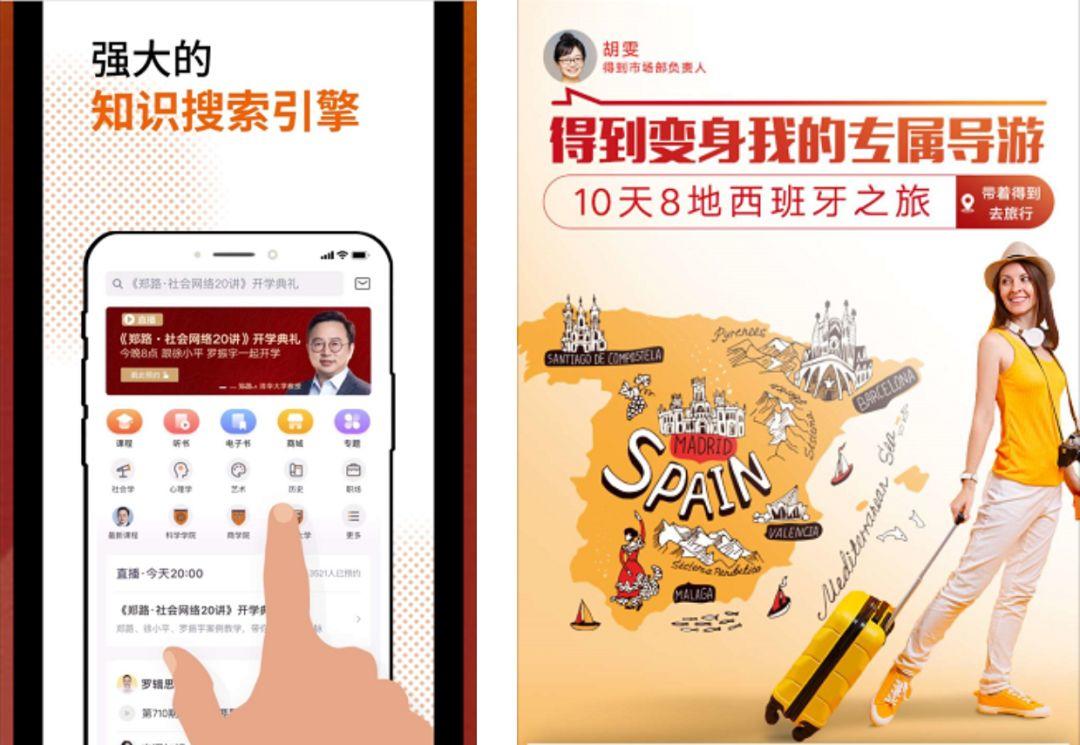
In terms of content, through publishing exclusive e-books (in cooperation with publishing houses), books recommended by well-known recommenders, and "ordering" activities to jointly build an e-book library, the concept of "good books are available" is implanted for users.
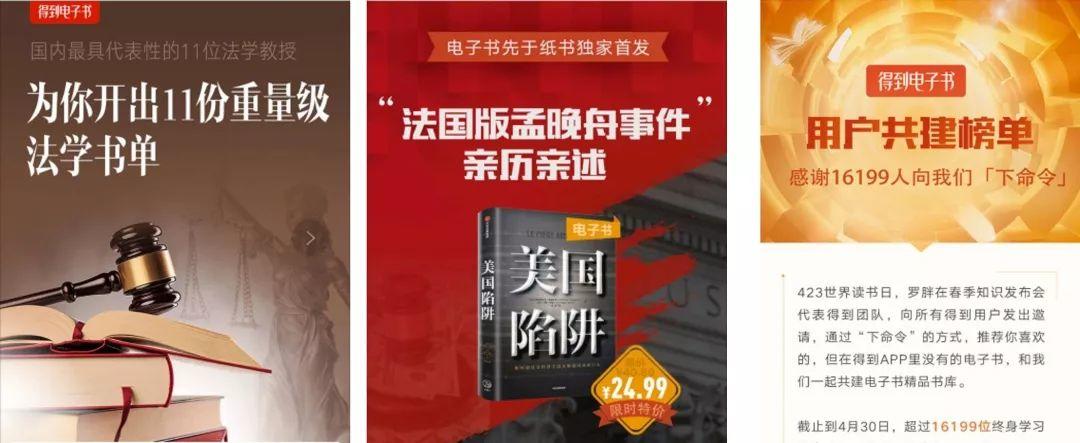
These operational activities, from the mental implantation of basic reading function and global search function, to the rich content of co-building stacks, recommended books and exclusive e-books, support the e-book market layout with APP in all directions, and have become an operational activity matrix:
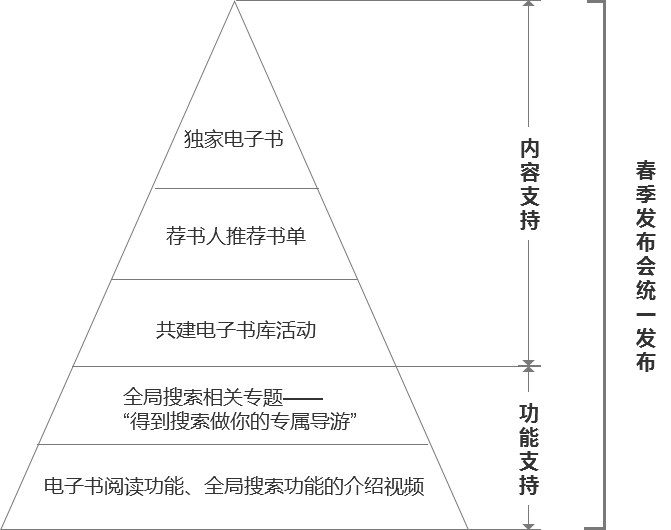
From 2016, the APP focused on "listening to this book every day", focusing on polishing the book-listening products to meet the learning needs of users in fragmented scenes. Now, it has slowly begun to lay out e-book products that meet the needs of users for deep learning, and has added e-book recommendations under the book-listening page. At this time, listening to books is more like the "introduction and entrance" of e-books.
As can be seen from these actions:The APP is getting through the fragmented shallow learning scene and the systematic deep learning scene, and is committed to building a general university serving lifelong learners.
This university should not only guide users into the temple of knowledge, but also take root in the temple of knowledge for them and help users learn systematic and available knowledge.
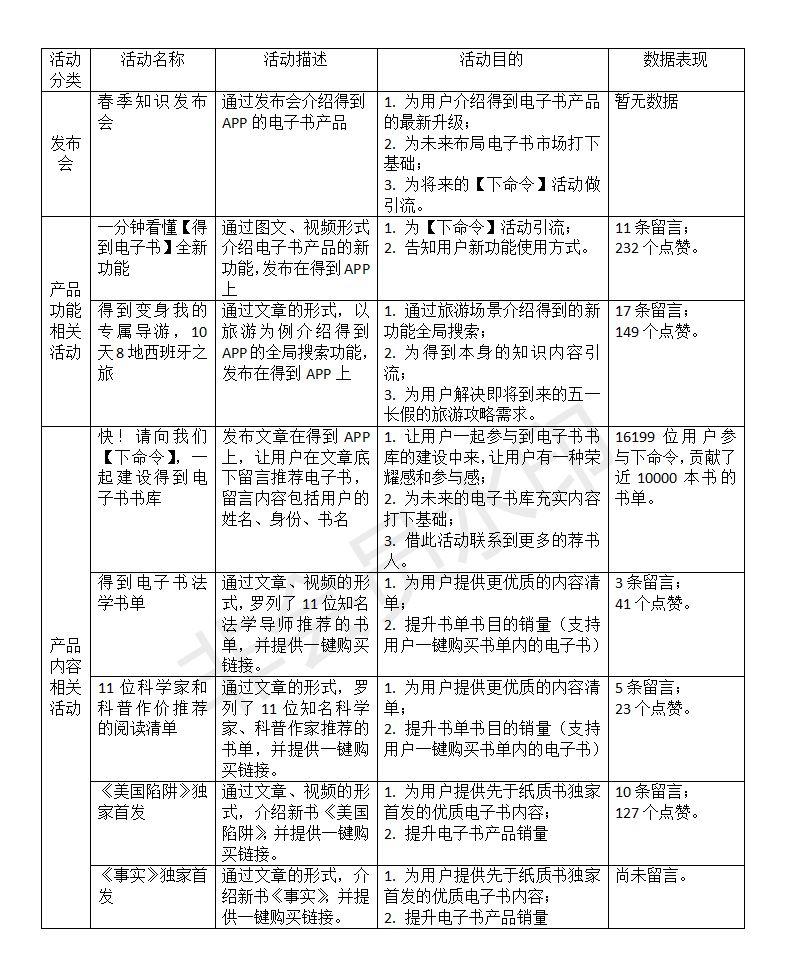
Because I can’t get more internal data, I only make a simple analysis from the number of messages and likes of the activity.
As can be seen from the above data, 16,199 users participated in the [Order] activity, and obtained a list of nearly 10,000 books. The number of messages in this activity far exceeded that of other topics in the APP. It can be seen from the side that the high popularity of the conference has brought drainage and the low profile, which fully encouraged users to express and share their desires.
Among the topics of legal recommendation books and popular science books with APP, the number of messages and likes is significantly lower than other theme activities. The author speculates that it may be because most of these books are professional in the vertical field, with a narrow audience and no promotion activities, and the price of the books is not attractive (it can also be seen from the side that efforts are made to create content quality instead of attracting users with preferential promotions).
The theme activity of the exclusive launch of American Trap is obviously higher in comments and praises than that of the exclusive launch of Fact. The author analyzes that the content of American Trap is similar to that of the Meng Wanzhou Incident, and it is also related in propaganda, which makes use of the afterheat of the Internet to resonate with users again.
The topic of "Get my exclusive tour guide and travel to Spain in 10 days and 8 places" made users realize that it is more convenient to get an APP to search for high-quality content than traditional search engines, thus gaining a certain resonance.
4.4. Suggestions on the optimization of e-book operation activities
The popularity gained by Luo Zhenyu has gathered quite a lot of popularity for the spring knowledge conference, and the vision of updating, upgrading and future development of e-books has been vividly presented to the audience through storytelling; At the same time, the conference guided a lot of traffic for the "Order" activity, which laid the foundation for building an e-book stack. However, the thematic effect of the global search function in tourist scenes is good, and it can be extended to more scenes to implant the concept of "searching for high-quality content" into users’ minds.
Theme activities, such as recommender’s book list and exclusive launch of e-books, have few messages and only a few thousand hits on the book list page, which may be related to the theme of e-books themselves and the unwillingness to compromise the price for high-quality content. The author thinks that we can learn from the success of the "Order" activity and enhance the interaction between recommenders or publishers and users to promote the sales of e-books. The scheme is as follows.
4.4.1. Add more "global search" scene topics.
Obtaining the global search function of APP allows users to search out all the high-quality contents contained in courses, listening books and e-books around the keywords they want to know, and quickly help users to establish a knowledge system and make better decisions and judgments based on these high-quality information. However, this function has not been widely publicized and applied.
As the previous user analysis shows, the typical users who get APP include: white-collar workers in the workplace, people who change jobs, students and entrepreneurs.
The APP can write more topics according to the common scenes of these users, and inform users that it can help them quickly index high-quality information and build a knowledge system.
You can also take the form of solicitation activities to let users contribute and share their experiences in using global search, such as: how students get the materials needed to write papers by searching; How do professionals improve their competitiveness in the workplace by getting the knowledge they need to learn in their work? How do entrepreneurs quickly understand an industry field by getting a search? Those who contribute and publish successfully can get rewards such as annual cards.
Through these ways, the search function is deeply rooted in users’ hearts, and the utilization rate of users is improved. After the user’s search utilization rate is improved, the exhibition rate of knowledge content can be indirectly improved, thus indirectly increasing the sales of knowledge products.
4.4.2. Add more interactive elements to the exclusive launching theme of the recommender’s book list and e-book.
[Ordering] The activity successfully attracted tens of thousands of users to participate, and successfully obtained a list of 10,000 books. The author believes that it is the result of mobilizing users’ desire to express and share.
The same logic can be considered in the theme of the book list with low popularity and the exclusive launch of e-books: let users write their thoughts on the book list or the launch book, and the thoughts after being successfully selected as a boutique can be placed on the introduction page of the book list/launch e-book, and users can also get related physical rewards, including paper books, annual cards, boutique notebooks and so on.
For the users who output the articles, if the articles are successfully selected, the exhibition will be displayed on the introduction page of the e-book, which will give them a sense of honor and accomplishment, which will stimulate their creative desire.
For ordinary users, what they get is better and closer to users’ real book reviews, which positively affects users’ purchase decisions, thus indirectly increasing the sales of e-books.
To sum up, the author believes that the operation activities of getting APP should generally be "light price promotion, heavy content promotion"-that is, exporting high-quality content through the government itself, or encouraging users to export high-quality content.Reducing the cost of "information search" and "decision-making purchase" for ordinary users can not only meet the needs of users, but also indirectly increase product sales and achieve a win-win situation.
From the initial logical thinking of WeChat official account to getting the APP online; From the paid column, the launch of the annual card for listening to books, and the e-book market with APP layout in 2019, we can see the clear development vein of APP: from the fragmented learning scene to the deep learning scene, the persistence of APP in high-quality content has also established an irreplaceable threshold and advantage in the knowledge payment market. For users, whether they are students, professionals, job-seekers or entrepreneurs, they can get a global search of the platform, quickly connect with the high-quality content of the platform, establish a knowledge system, and get a good medicine to appease anxiety in today’s information anxiety.
Where will the future go?
The author believes that: on the one hand, we will continue to polish e-book products and output more high-quality books; On the other hand, it will continue to polish the knowledge output link to improve the efficiency of users’ knowledge internalization (such as the analysis of note-taking module and learning plan module in this paper).
(End)
This article was originally published by @ Li Lun Zhi. Everyone is a product manager. It is forbidden to reprint without permission.
The title map comes from Unsplash and is based on CC0 protocol.
